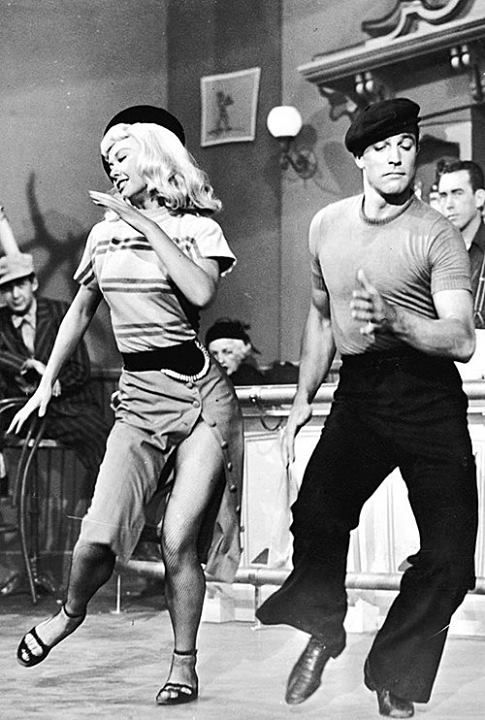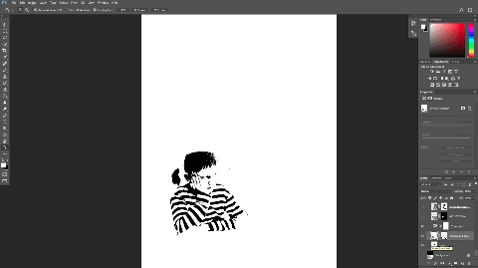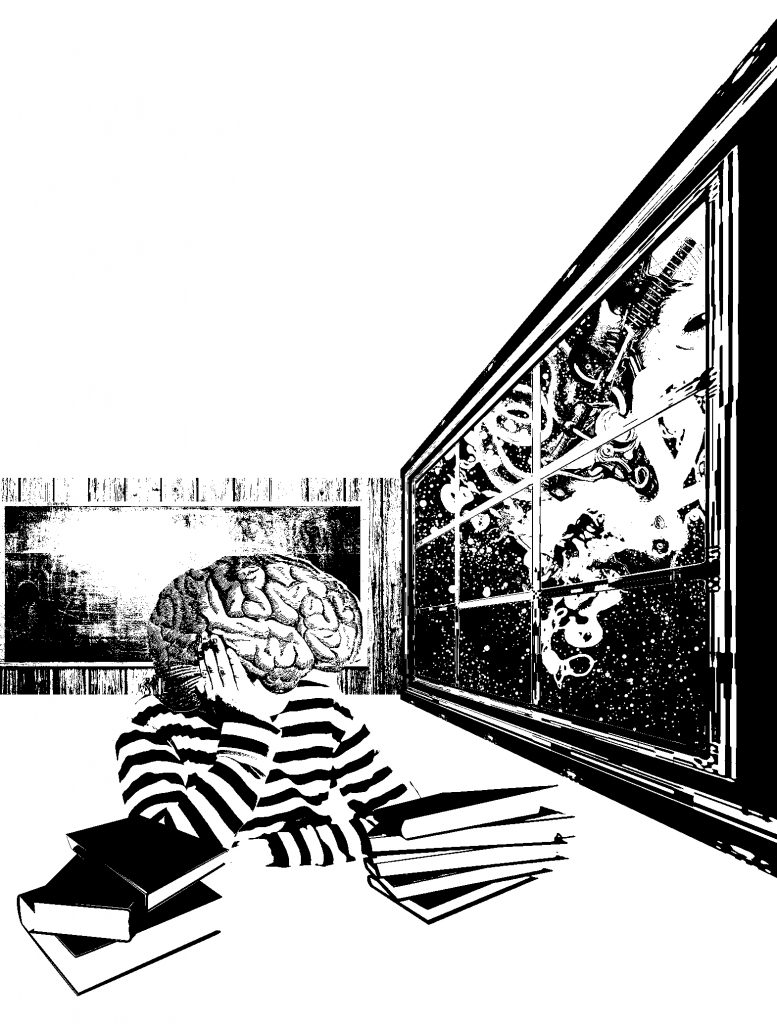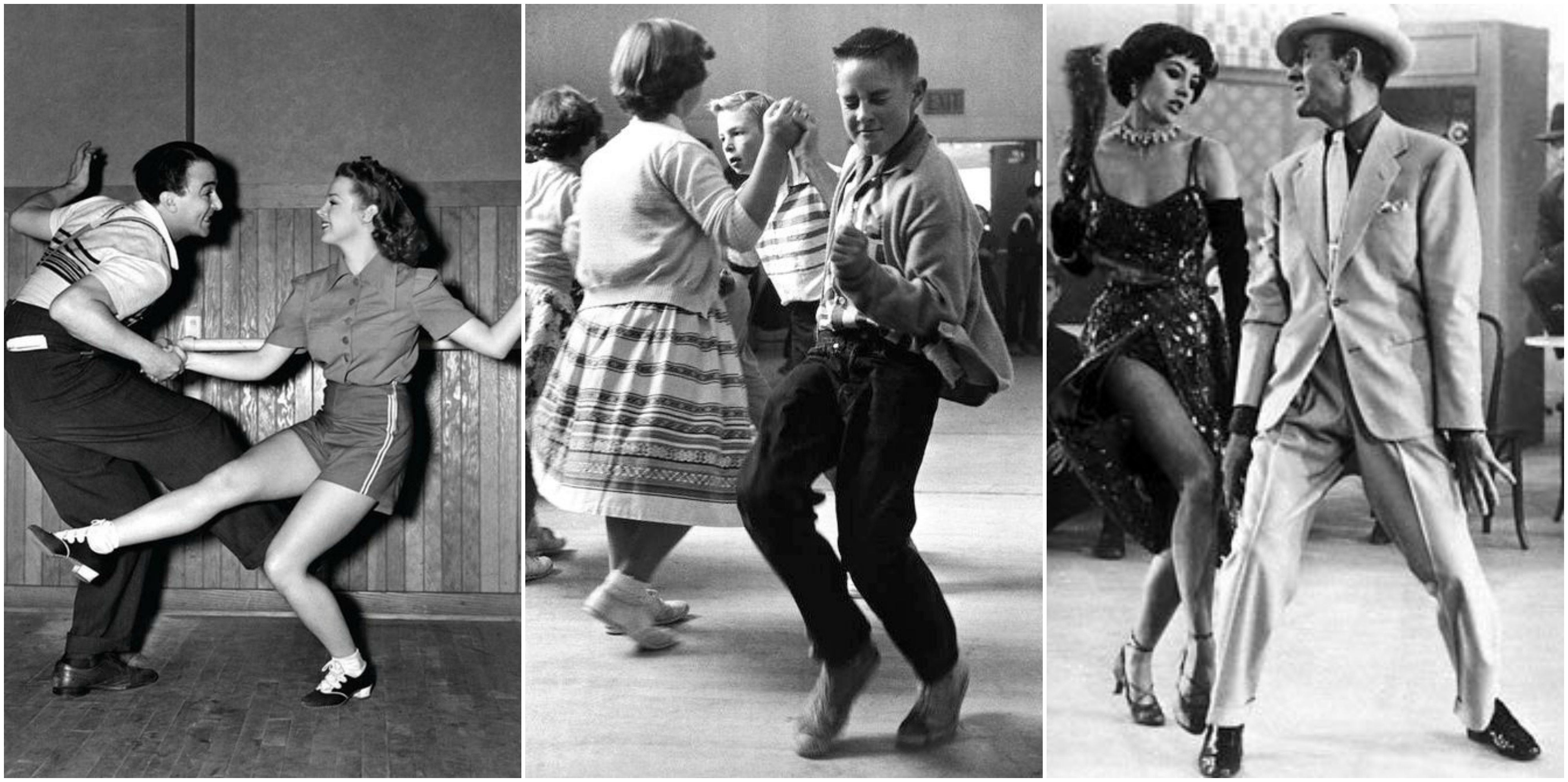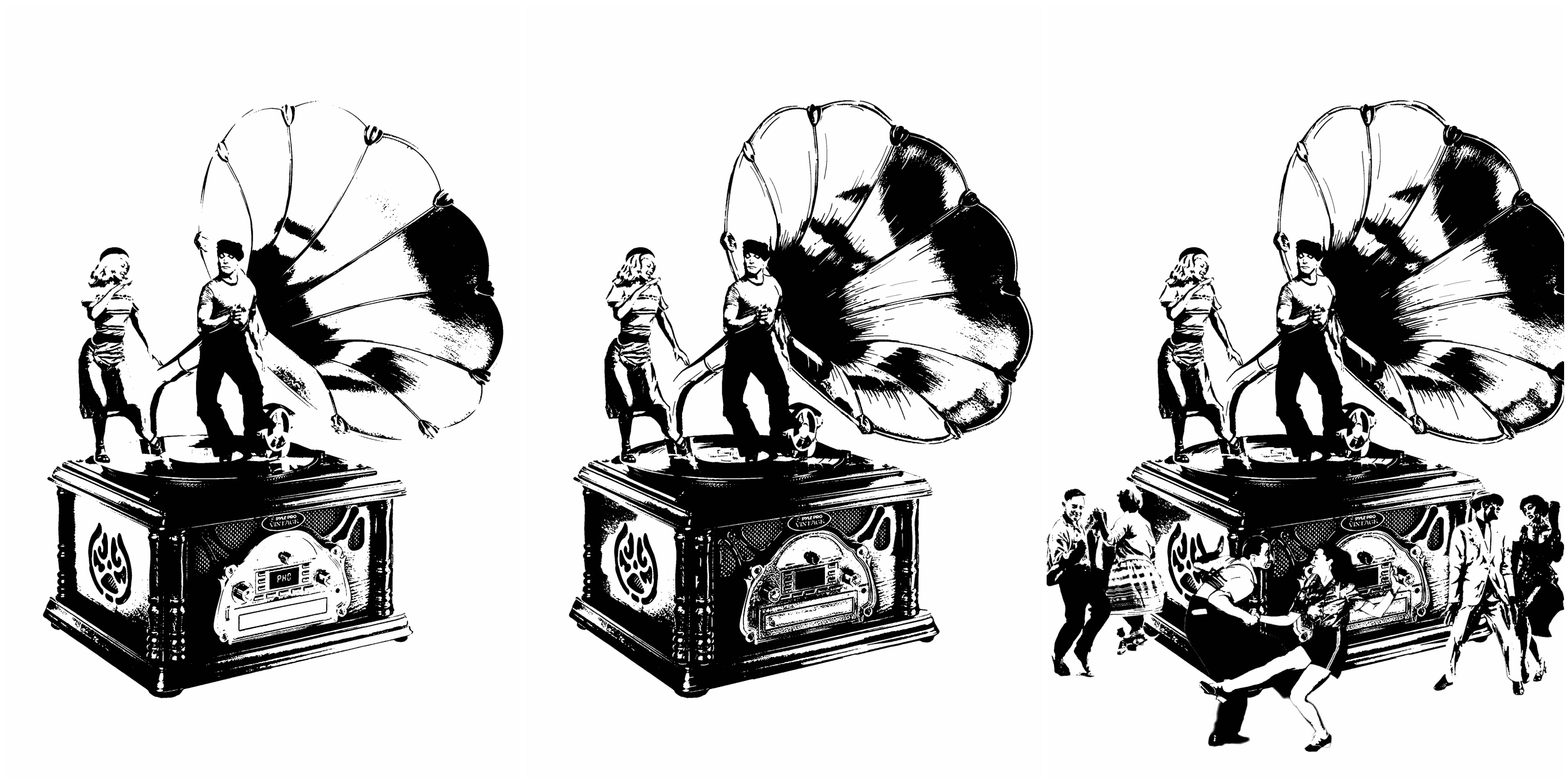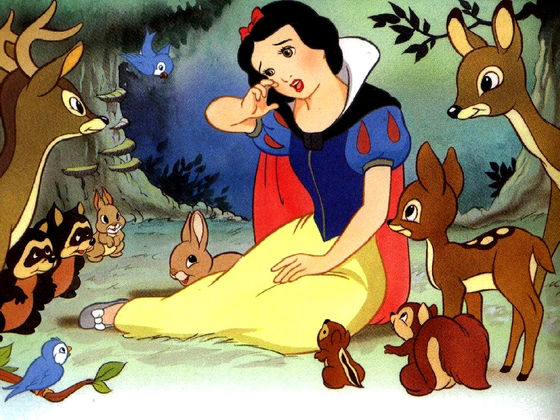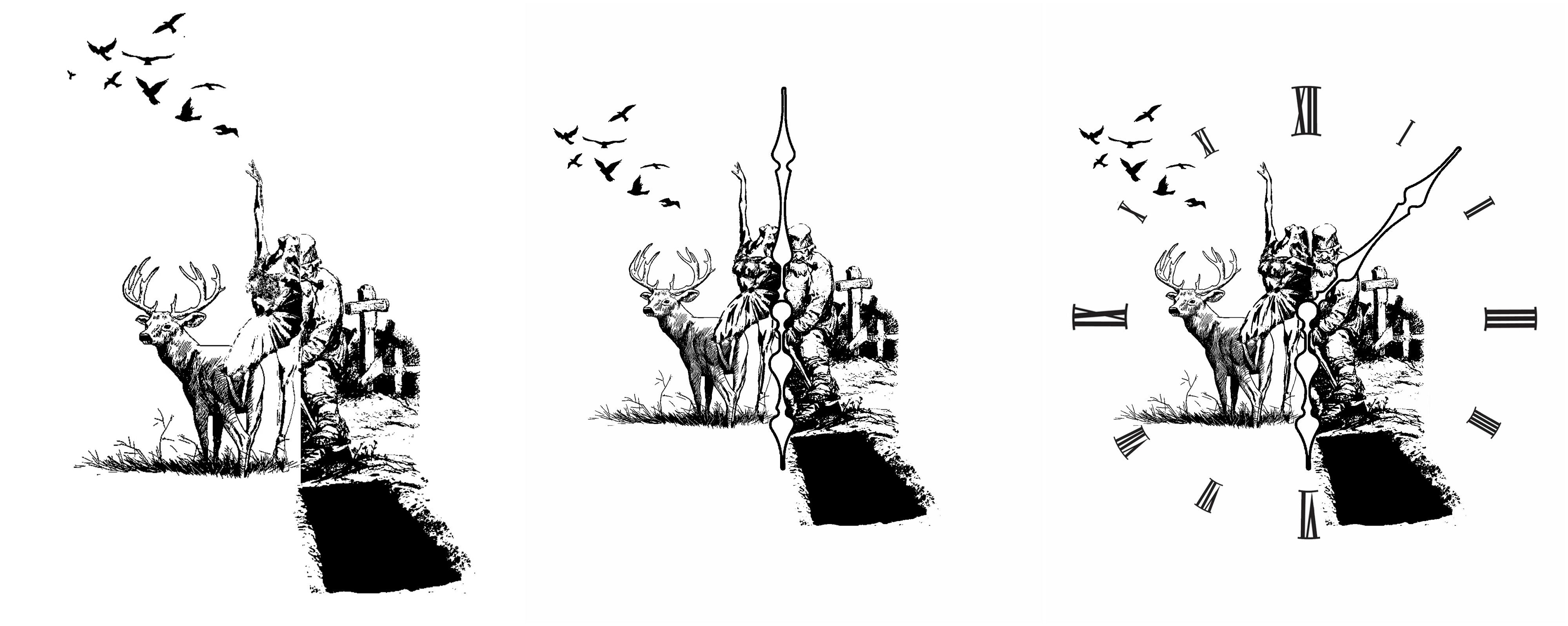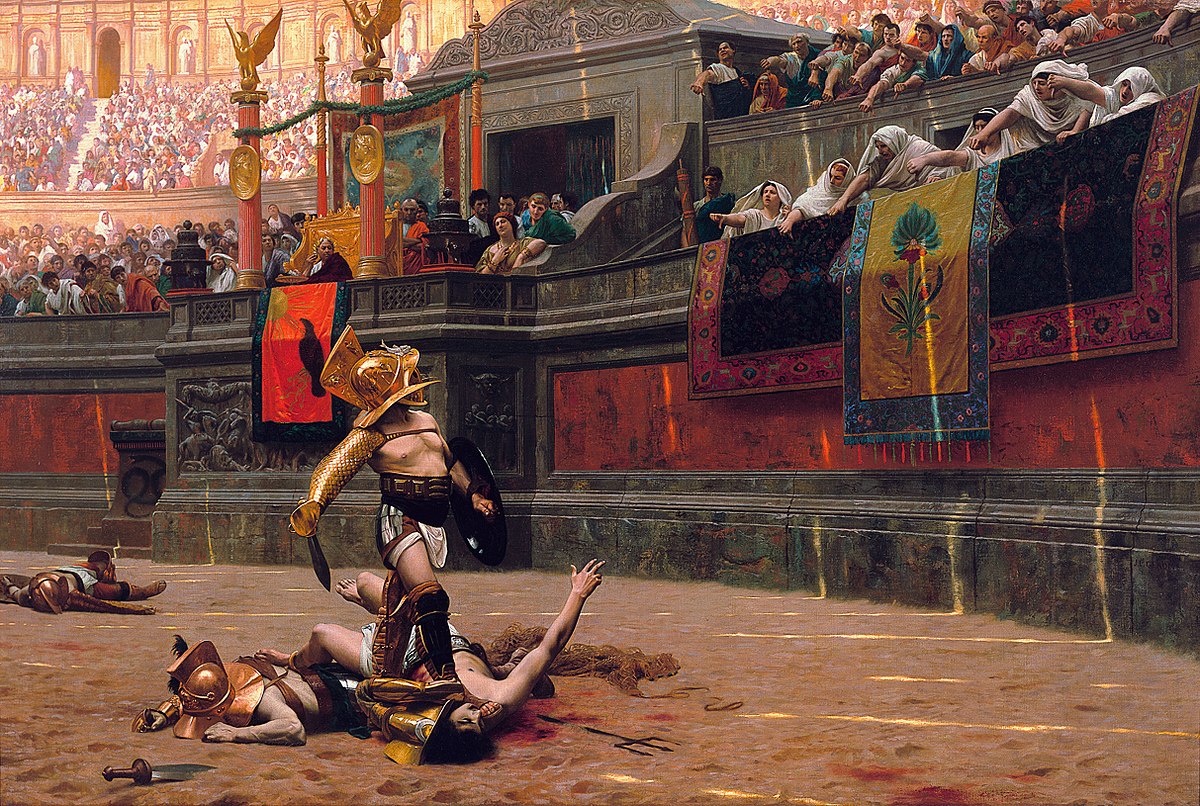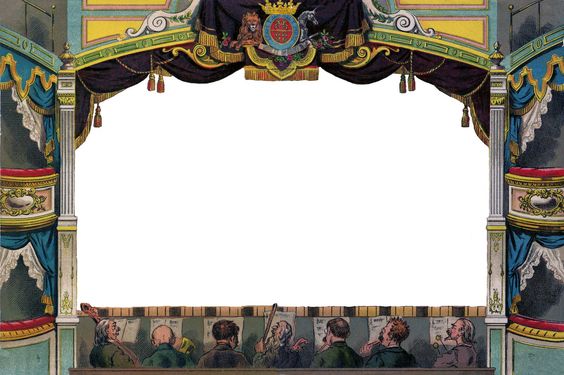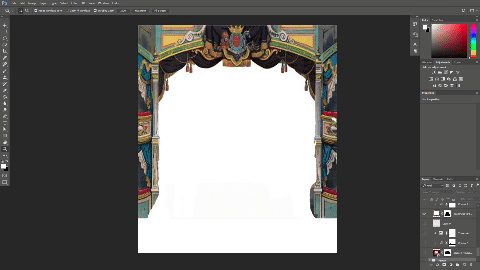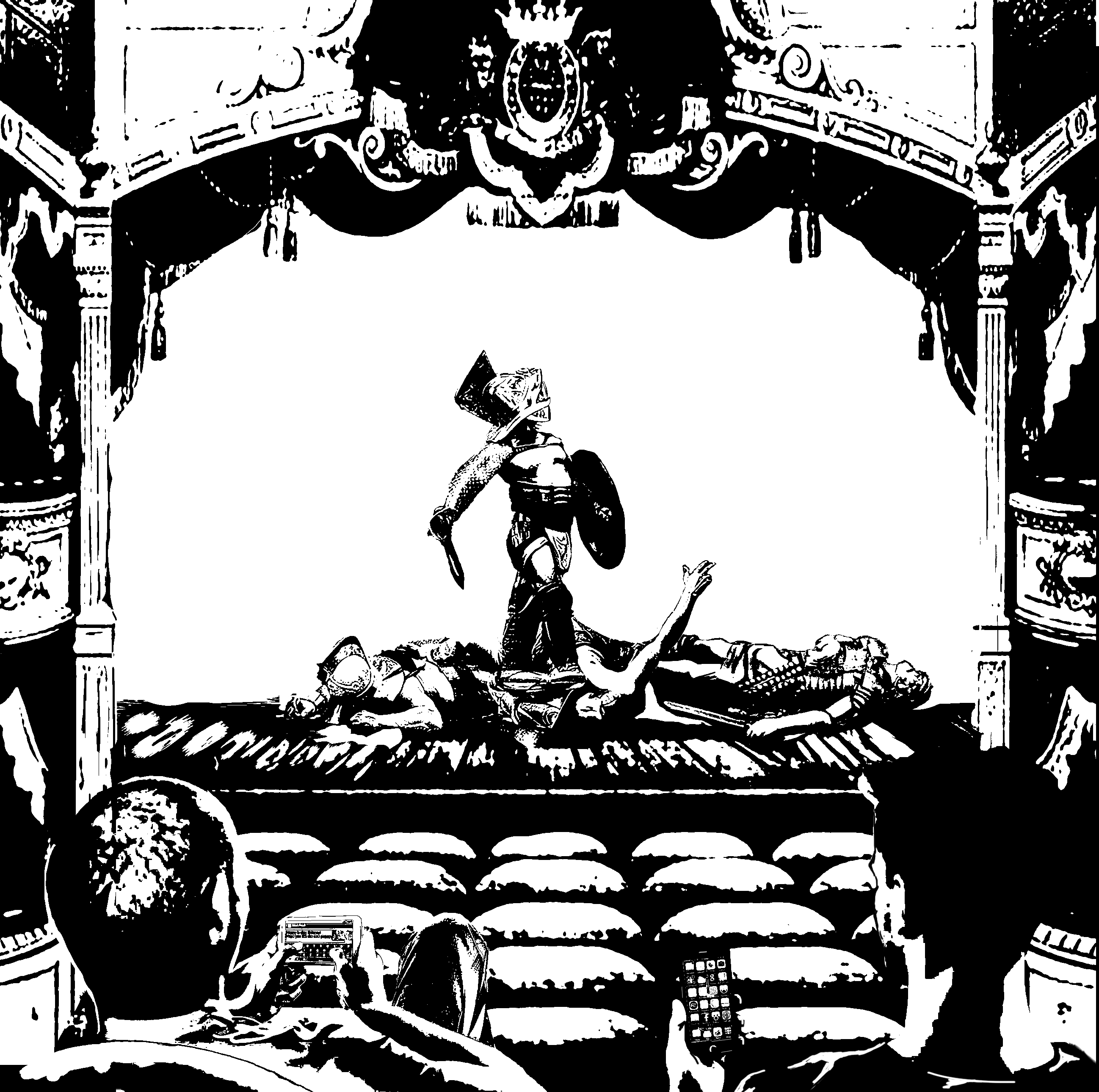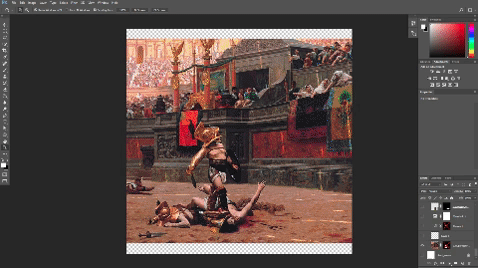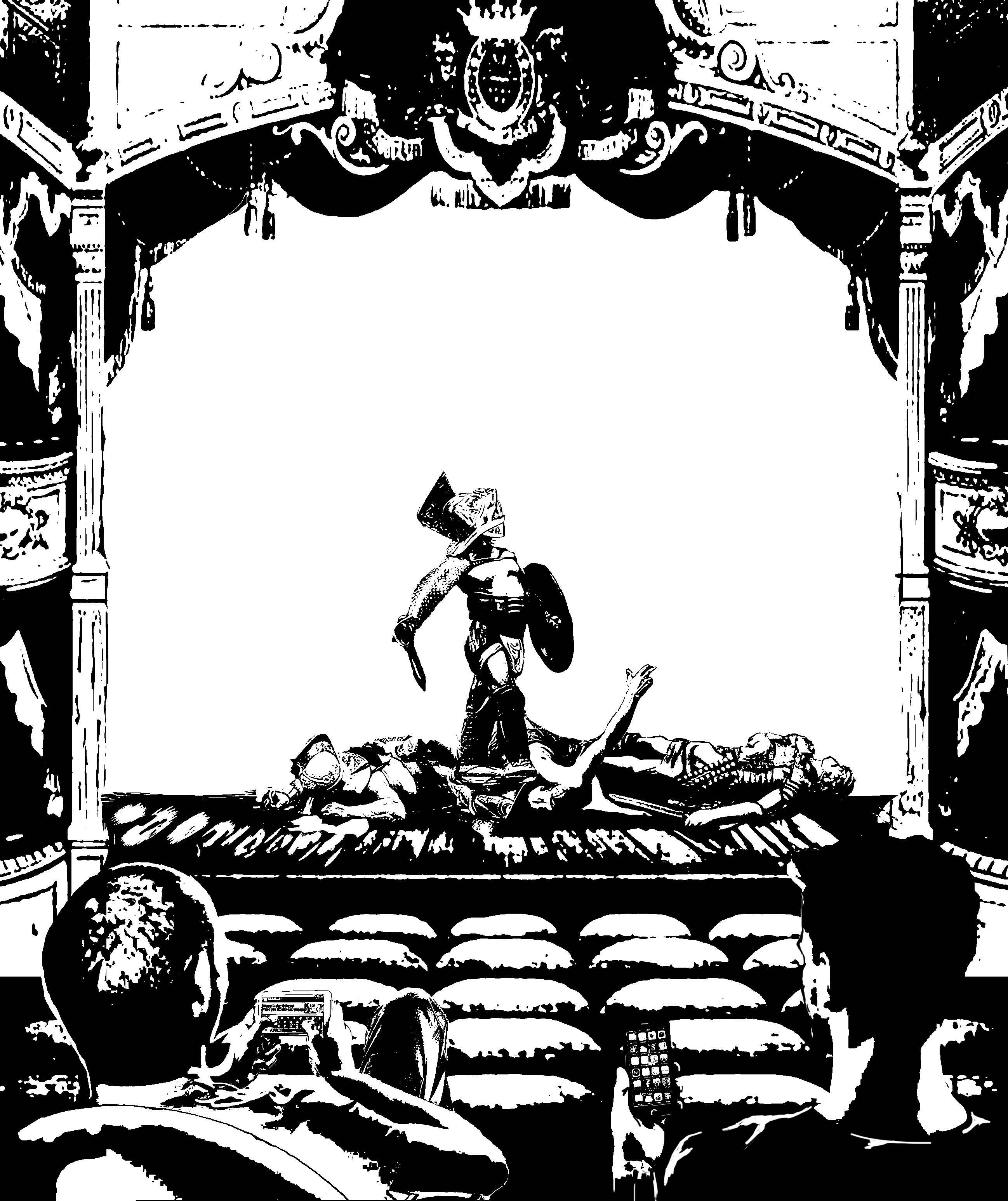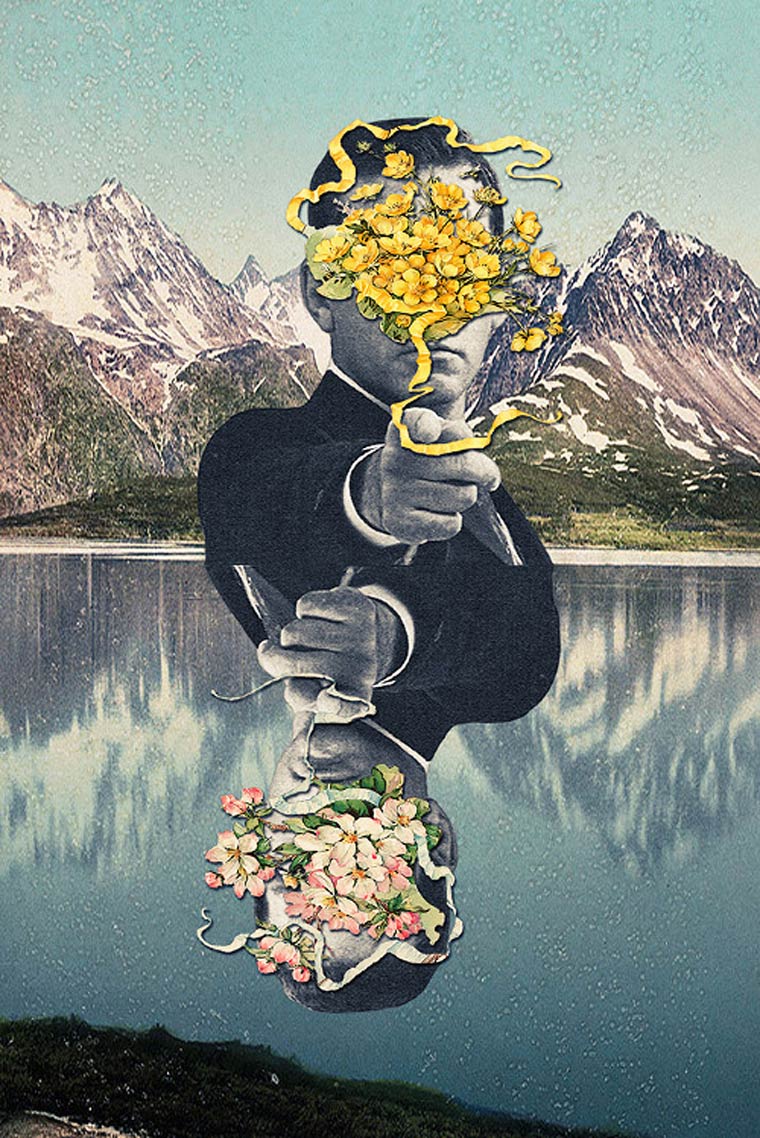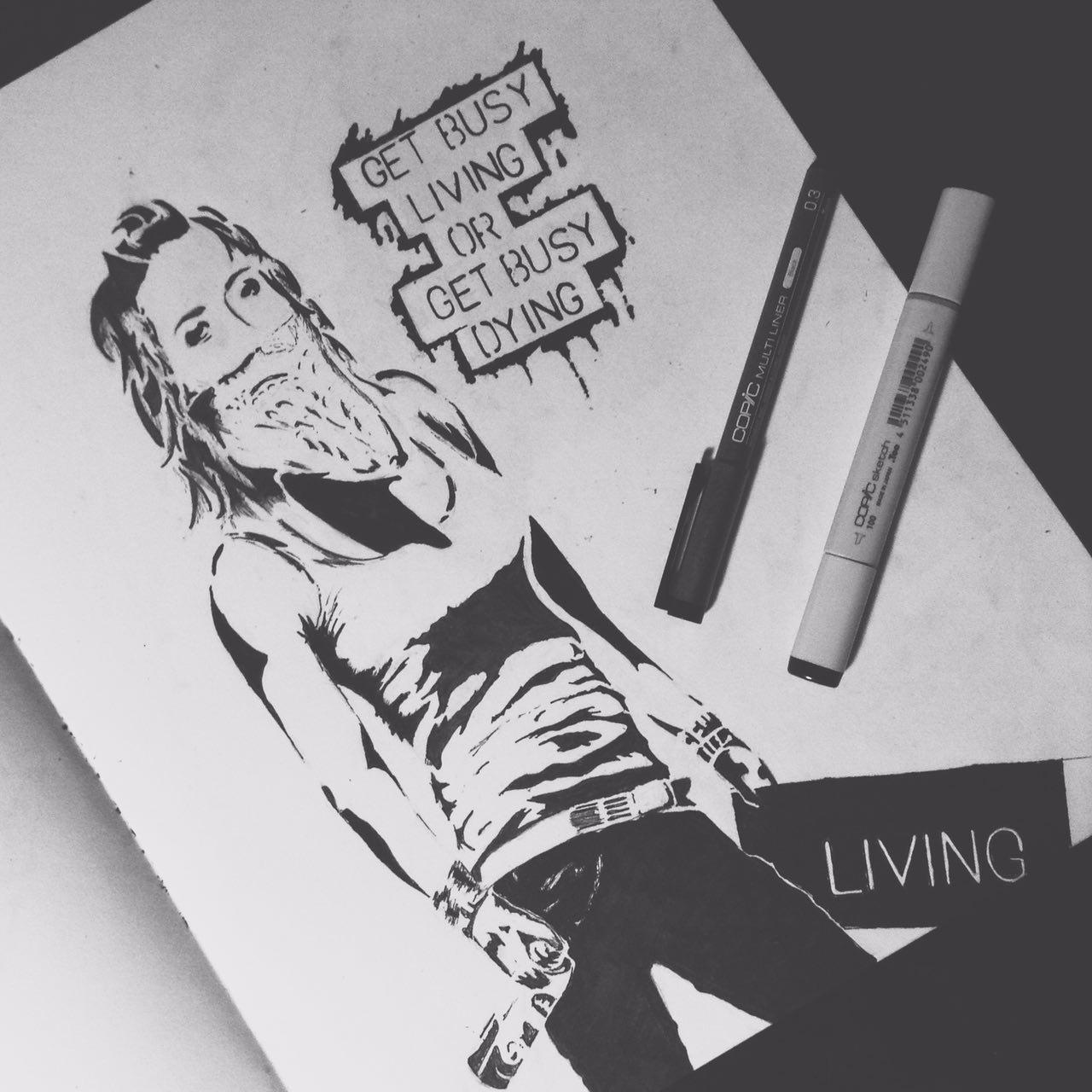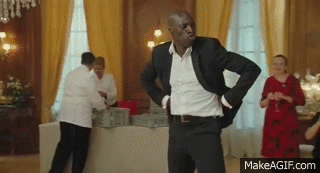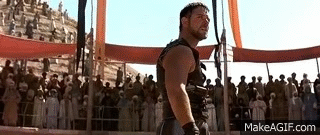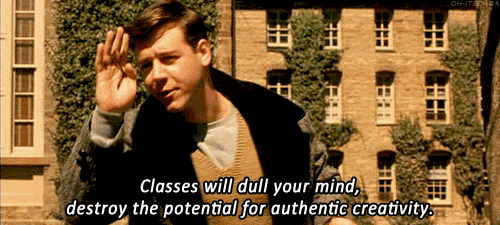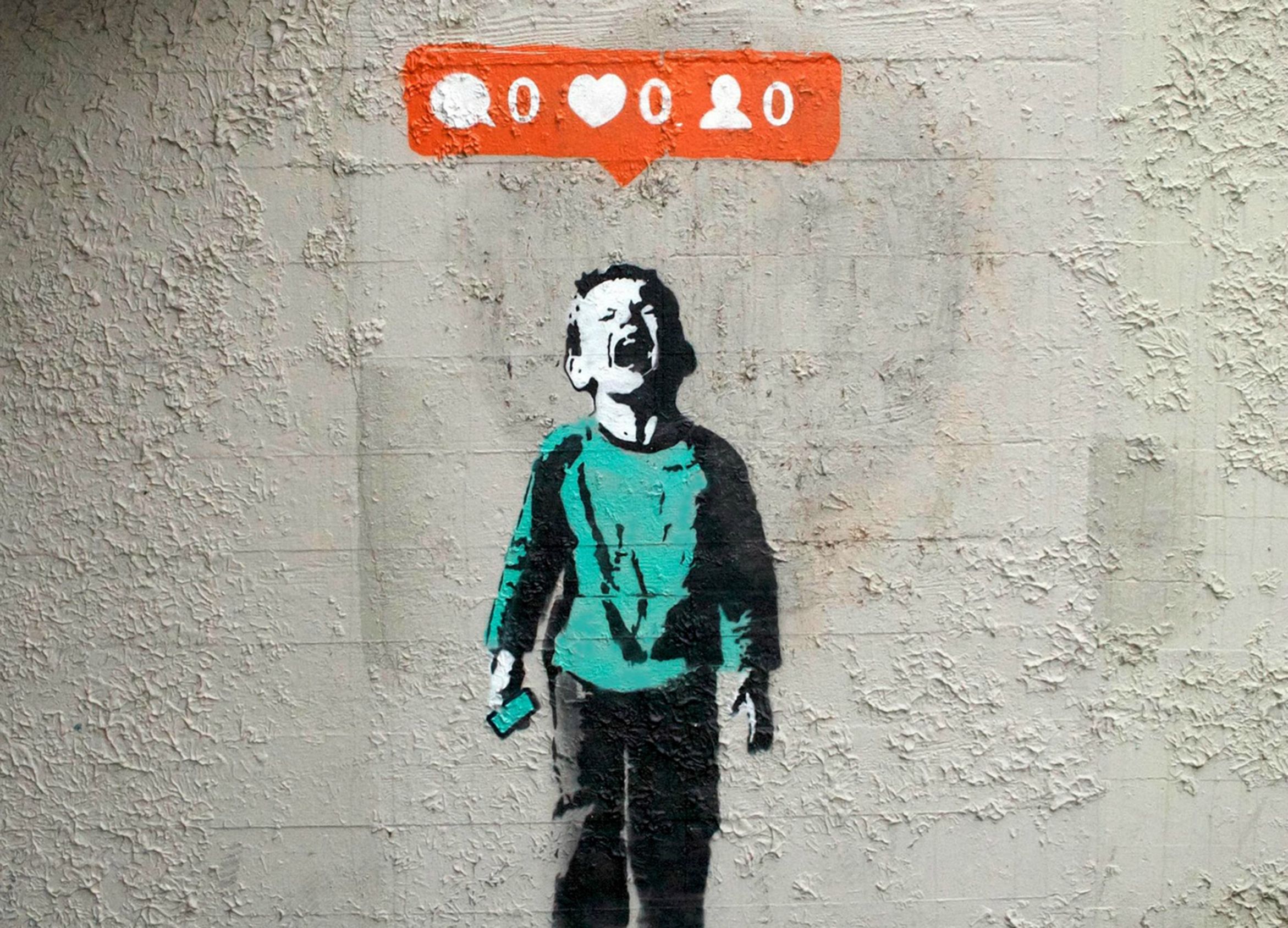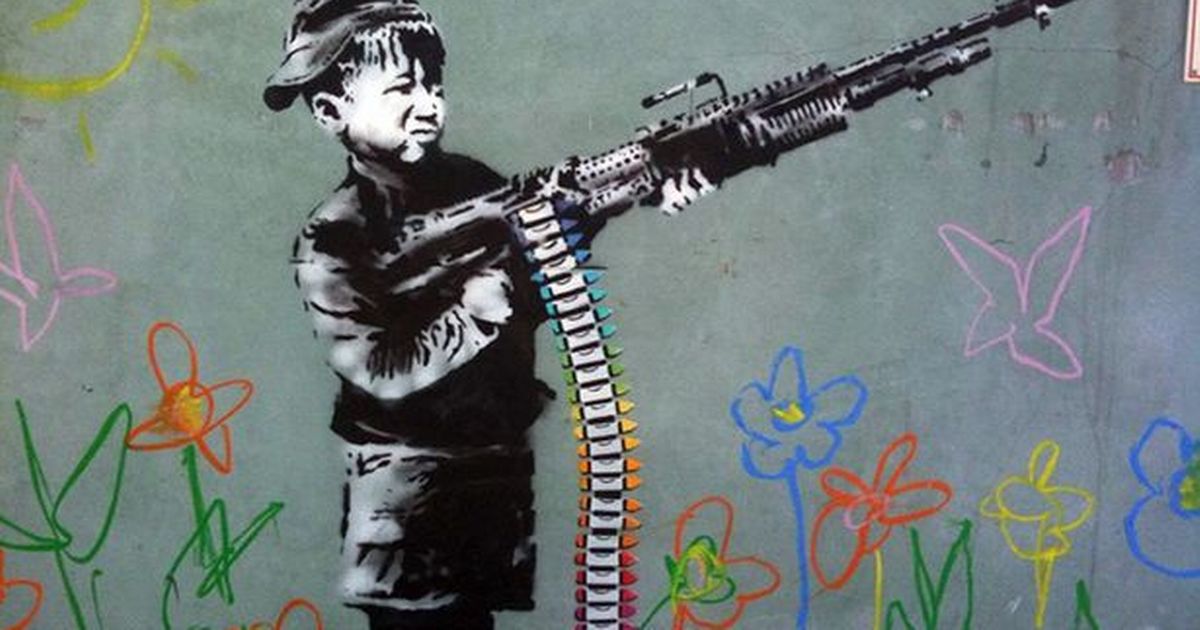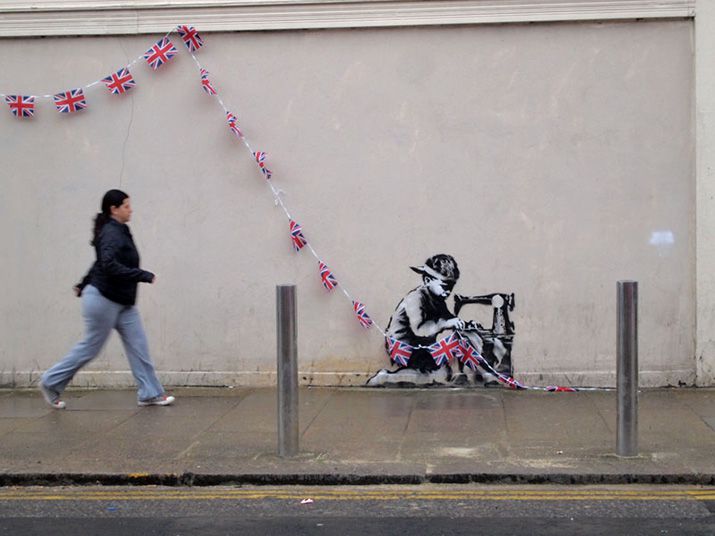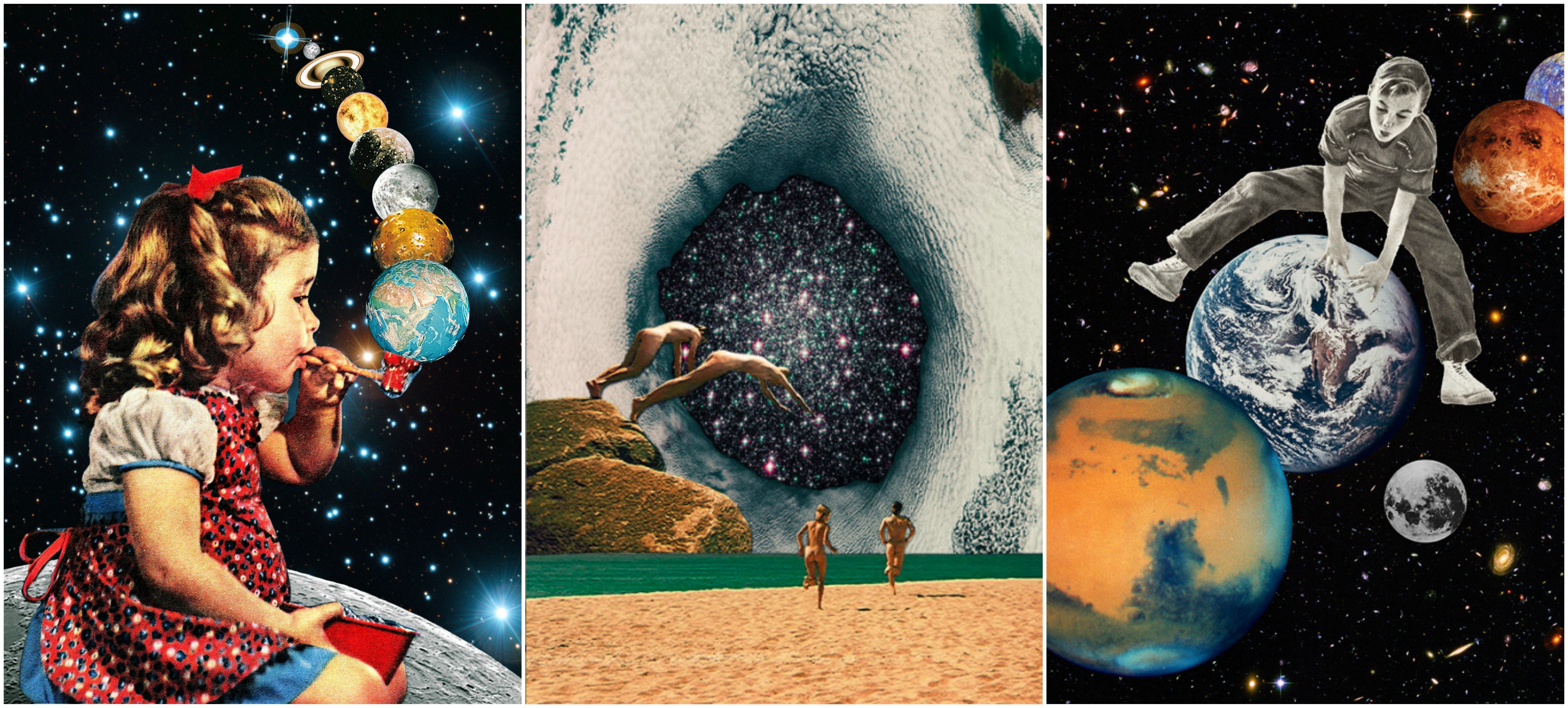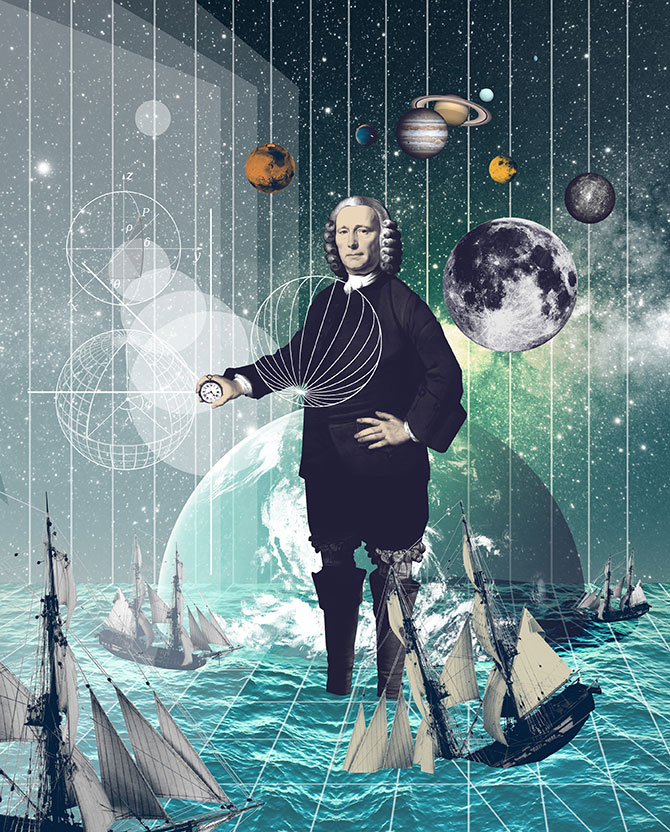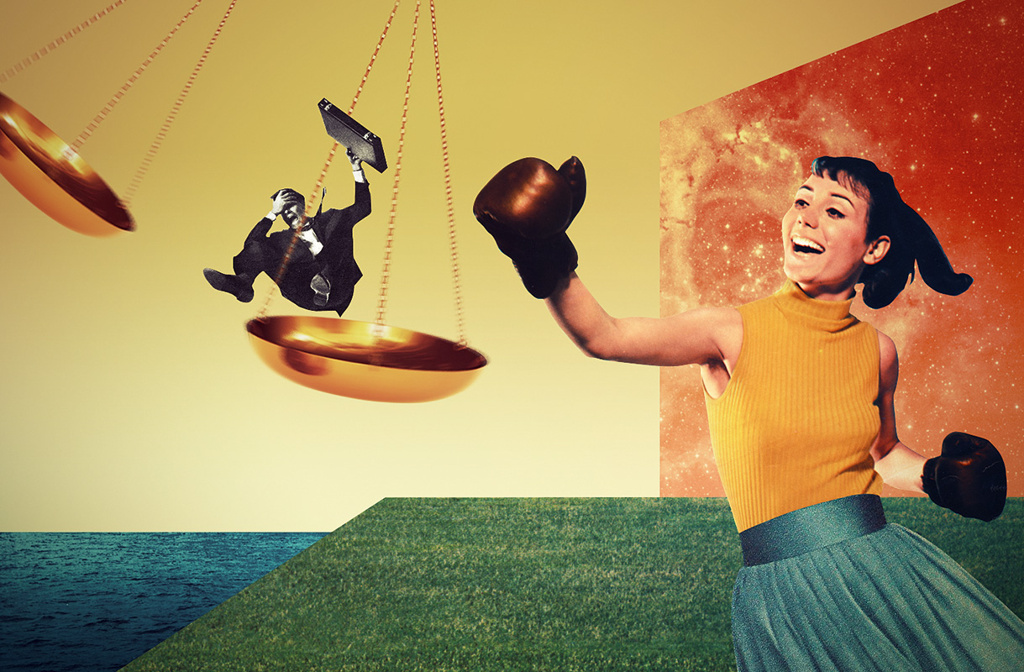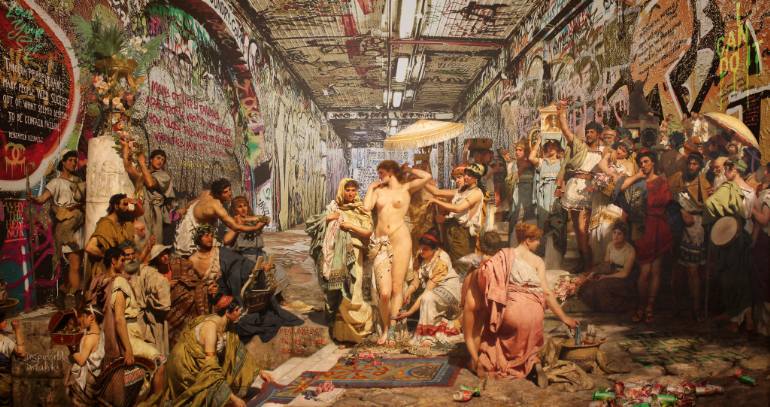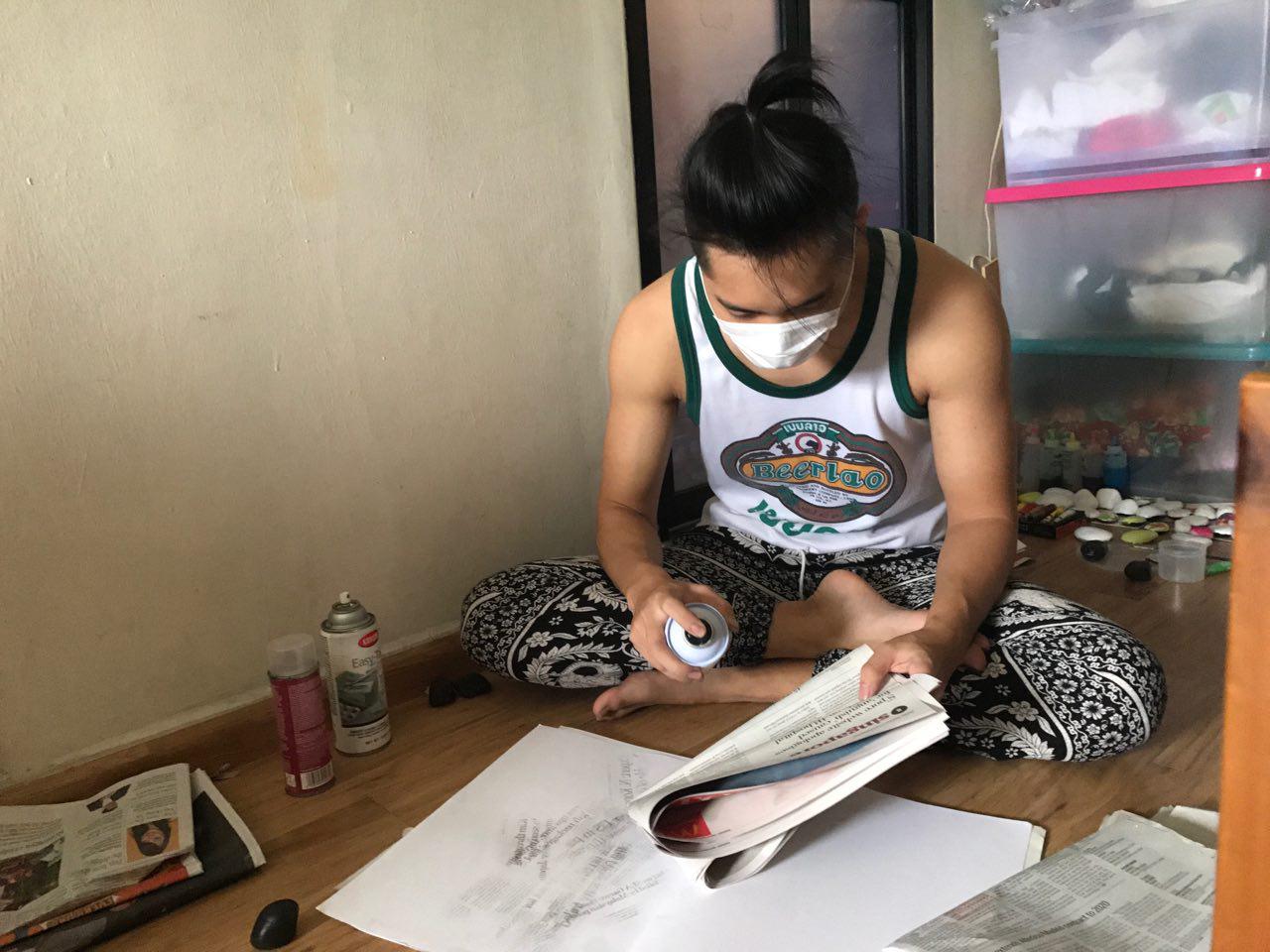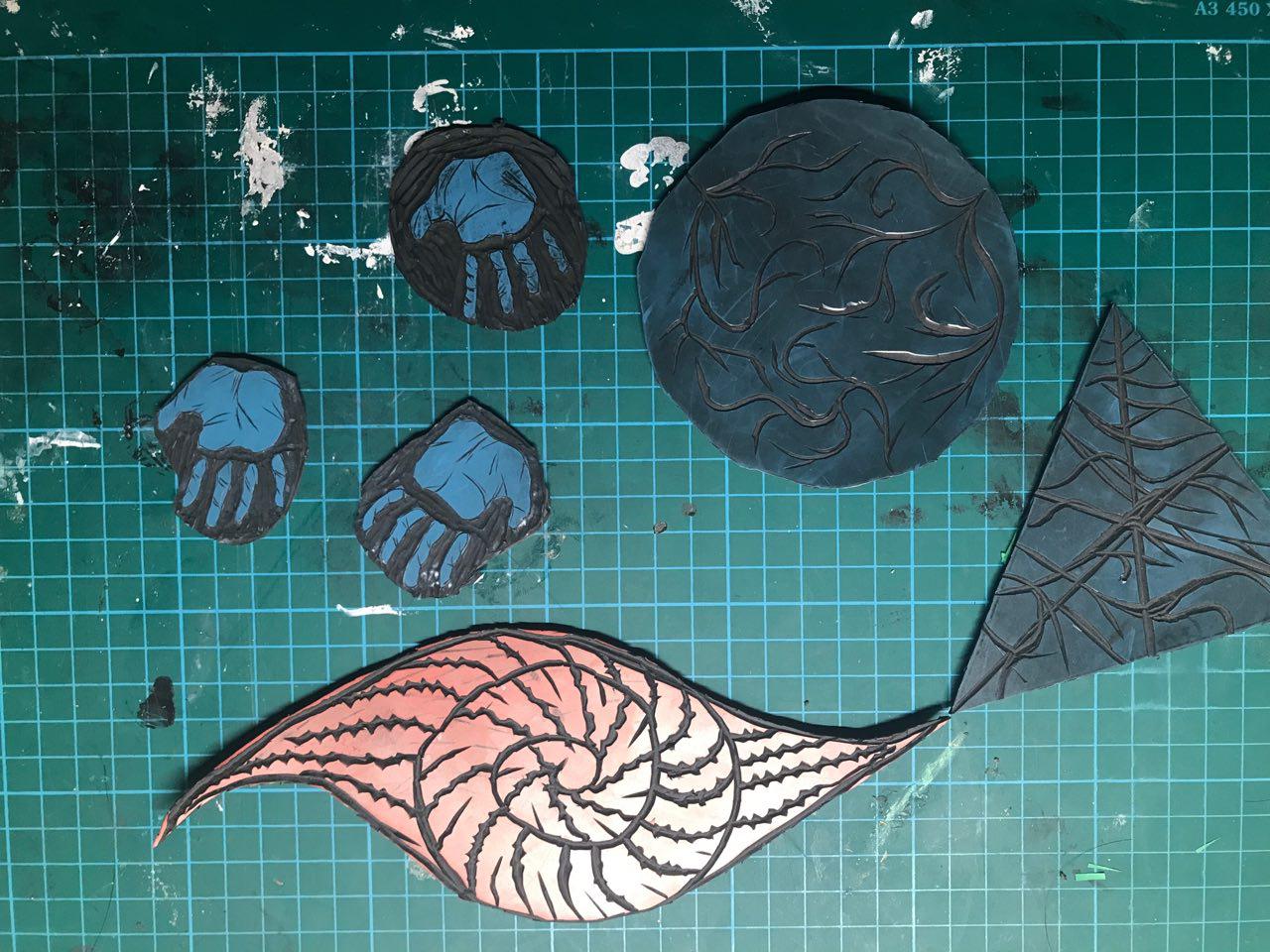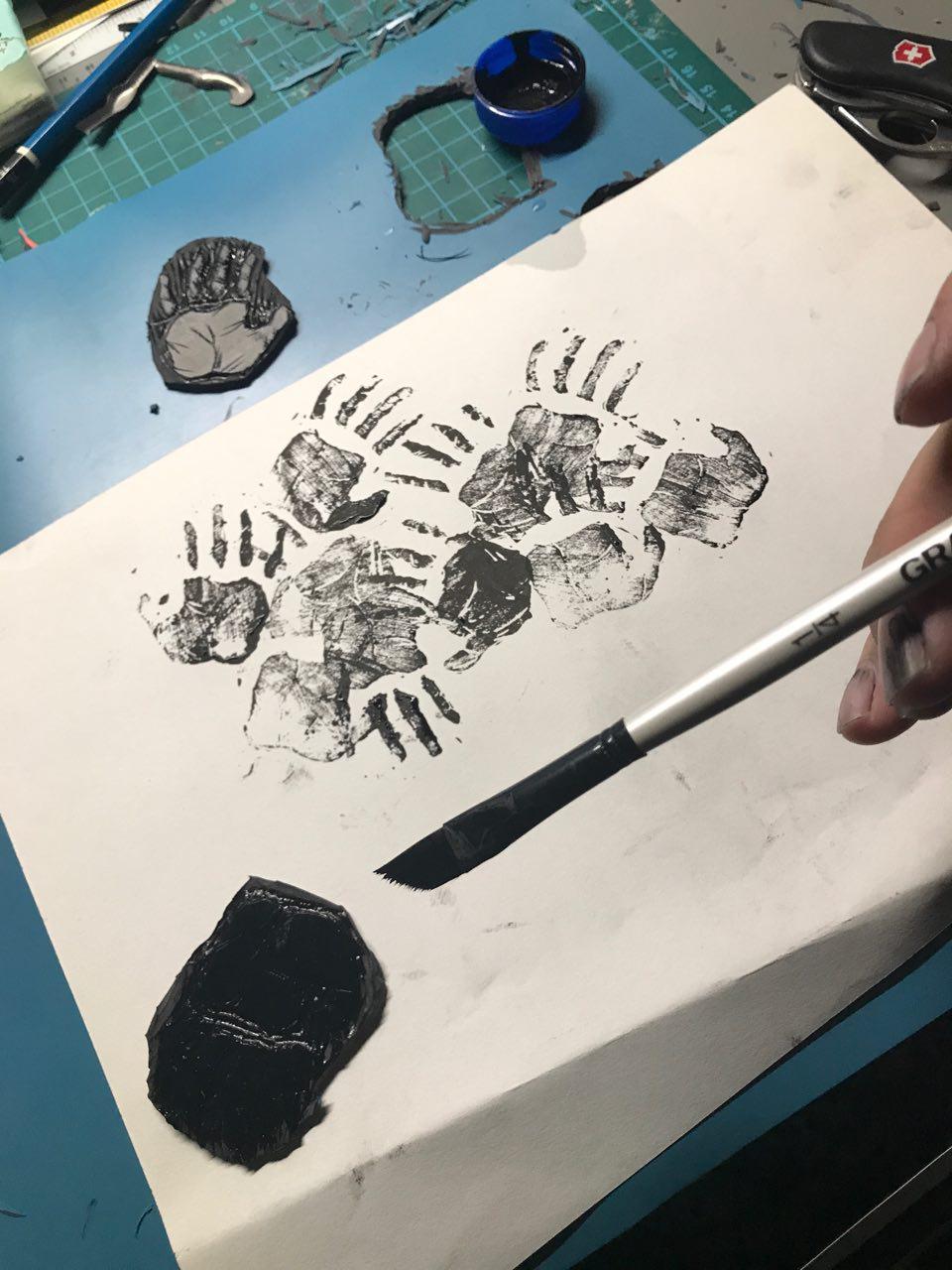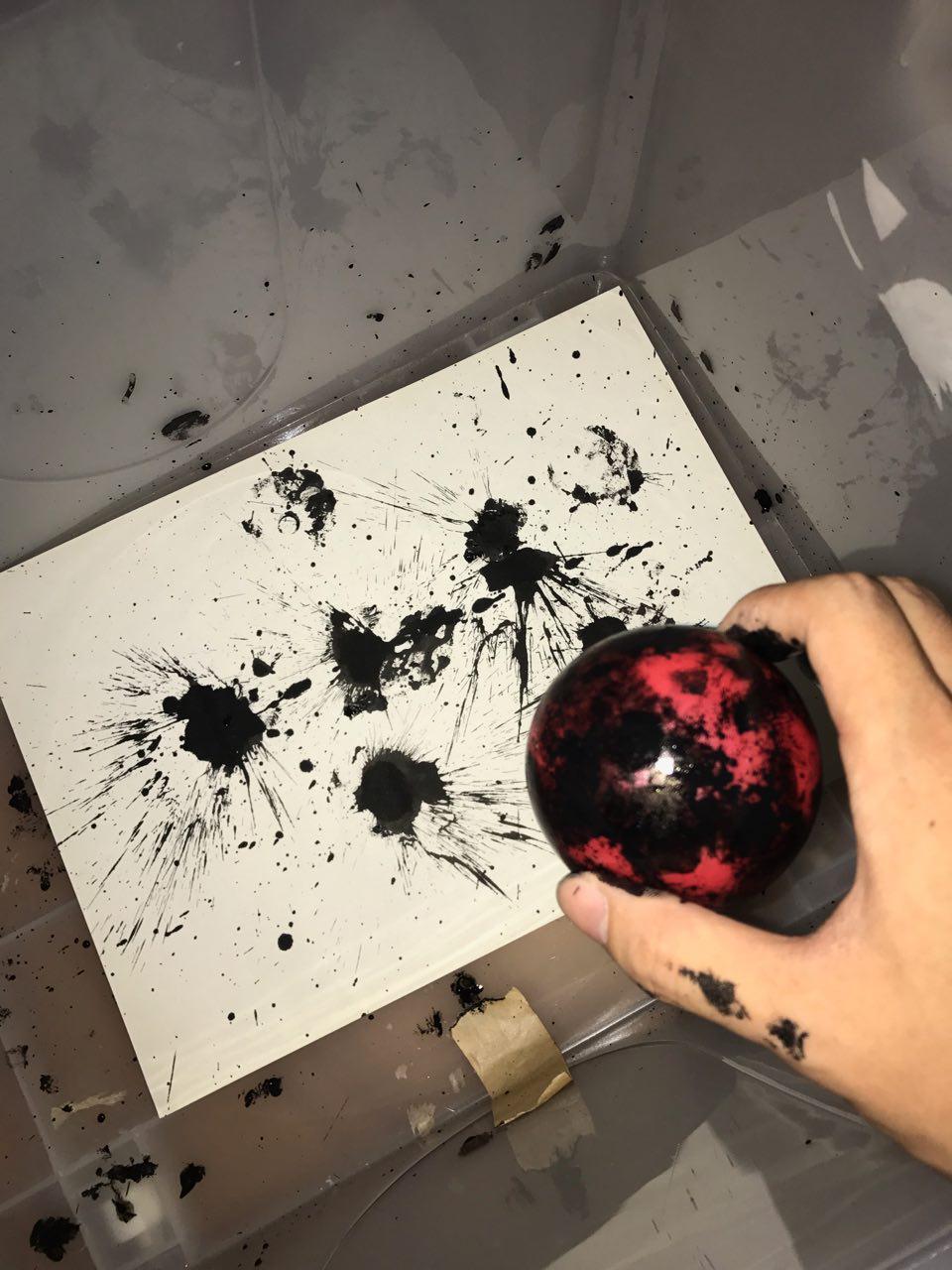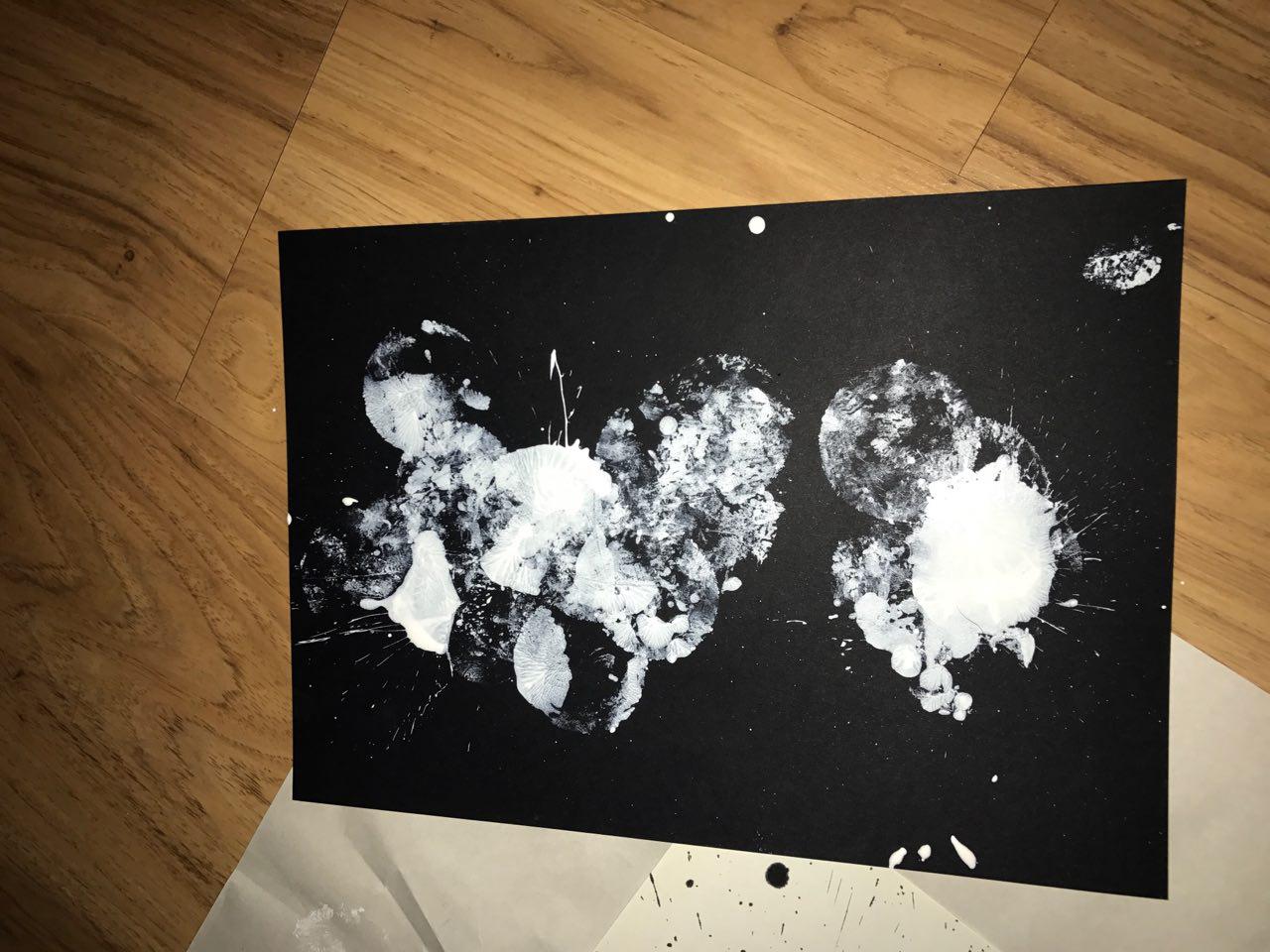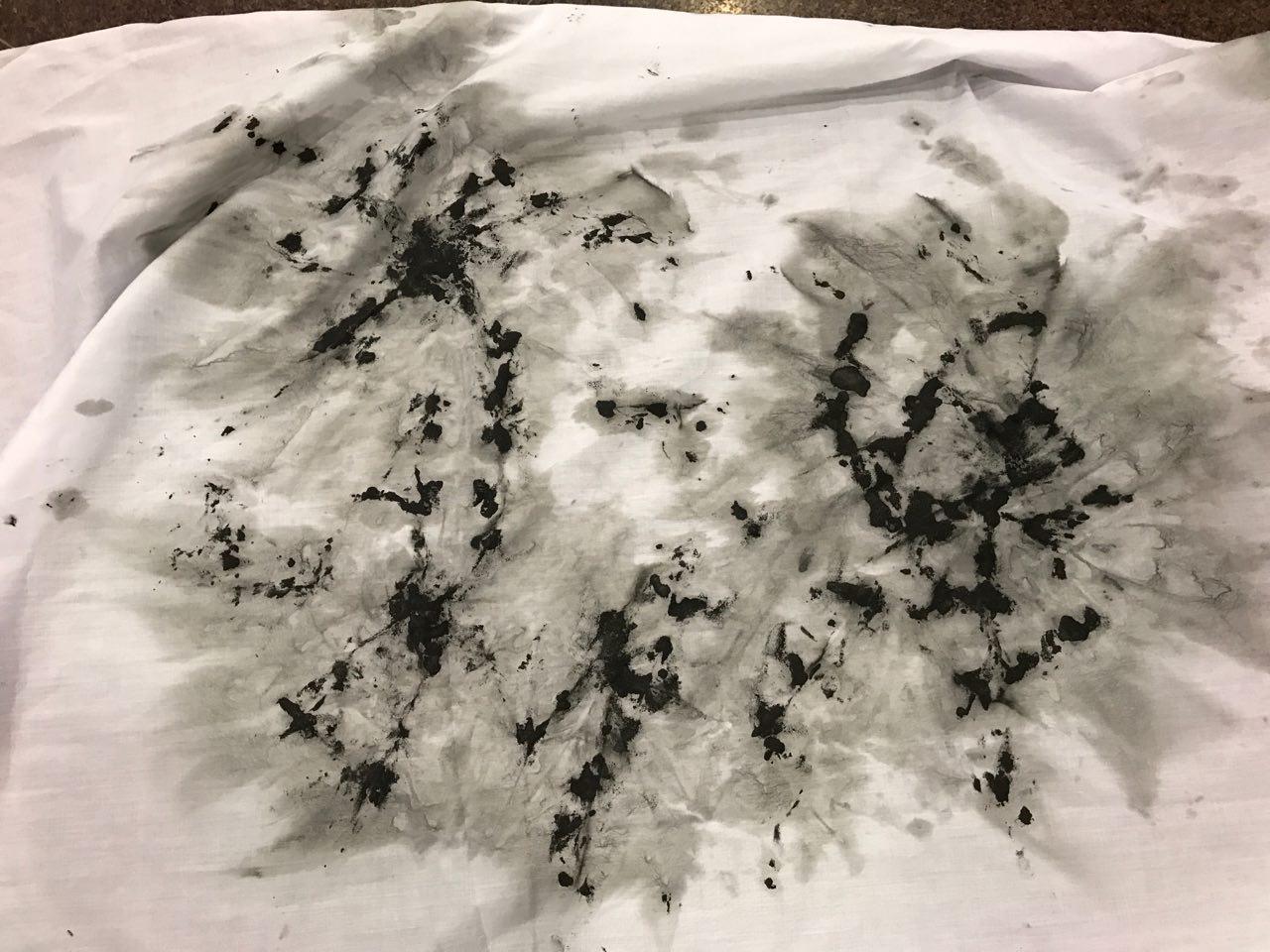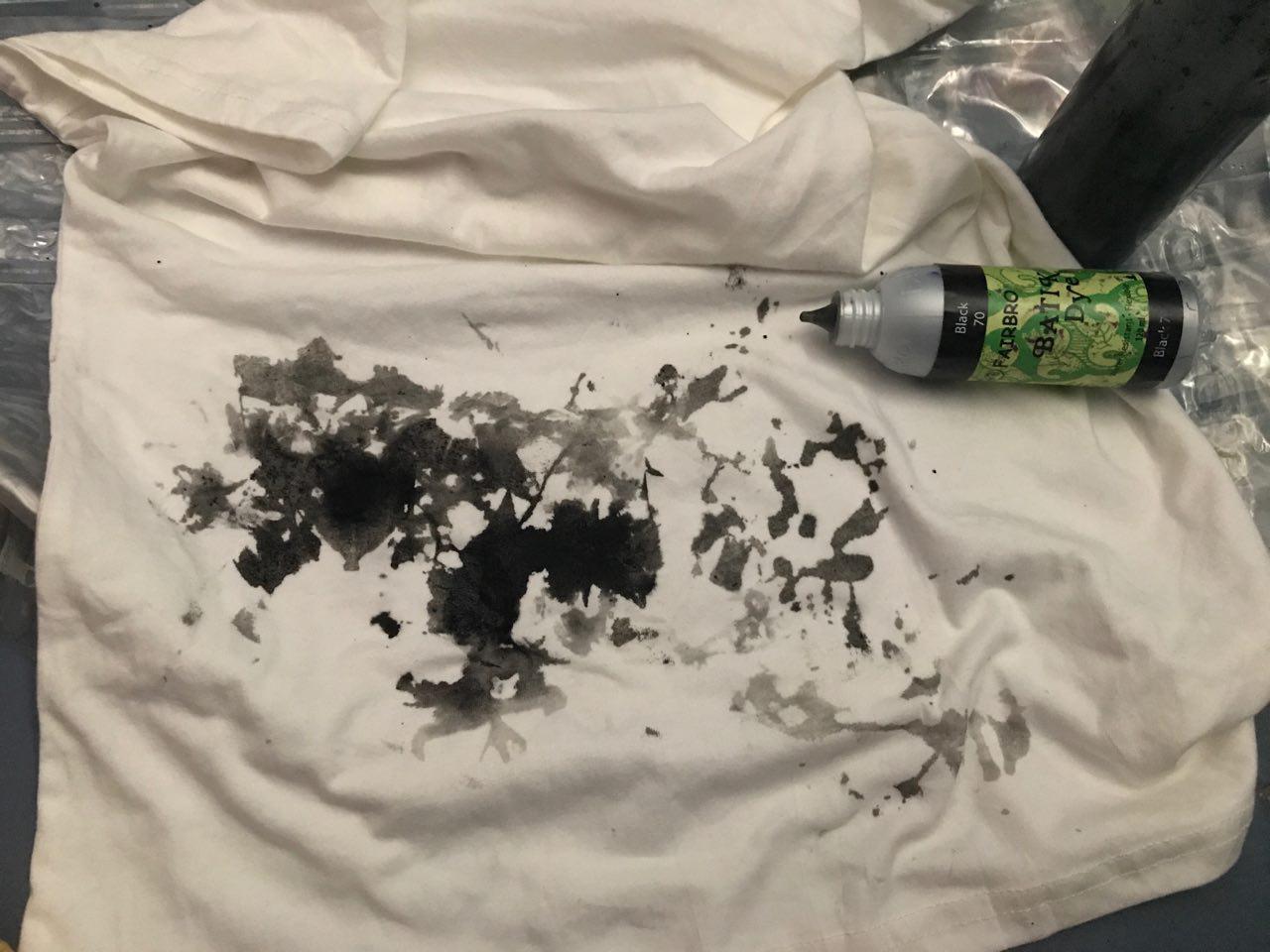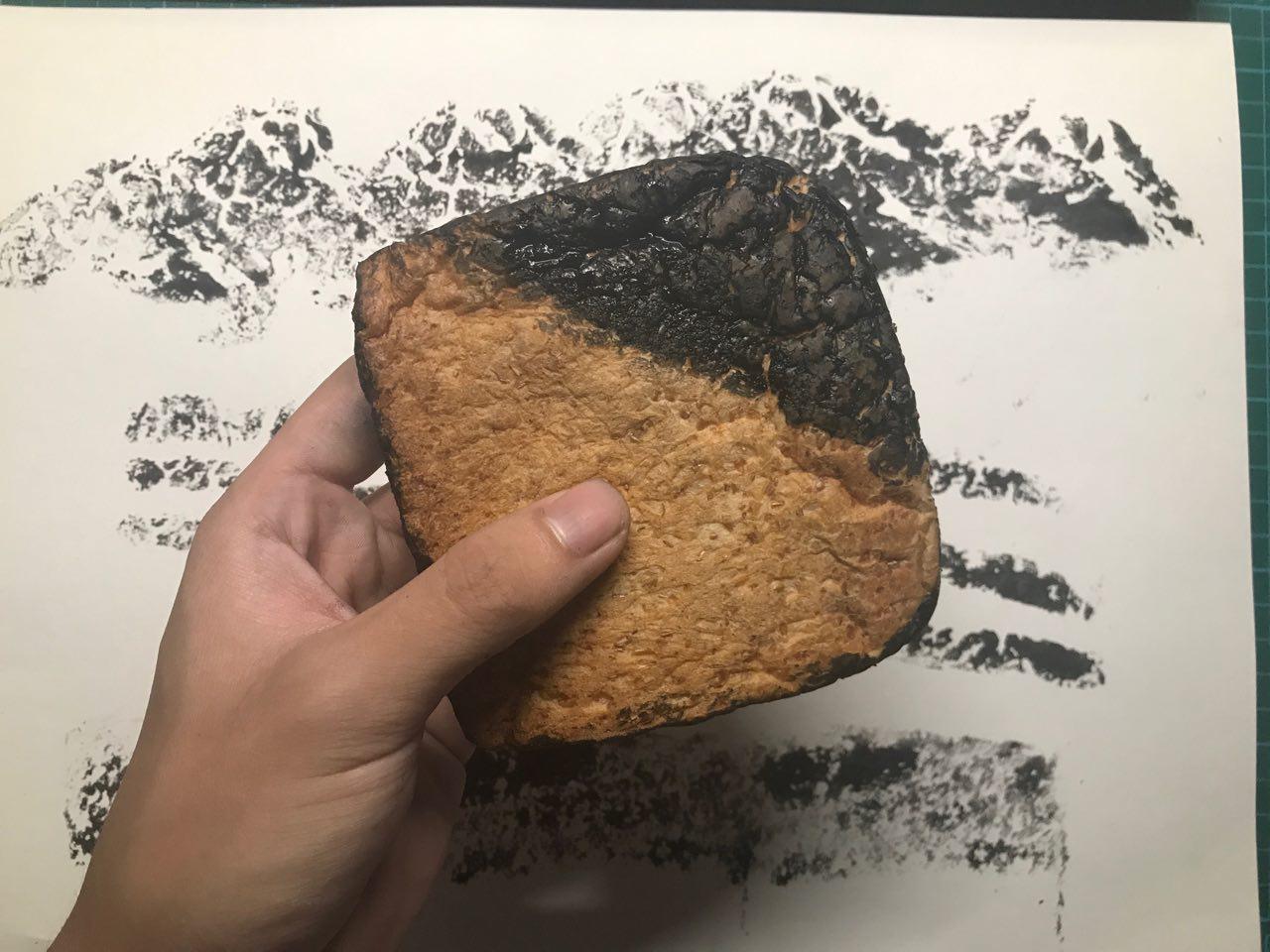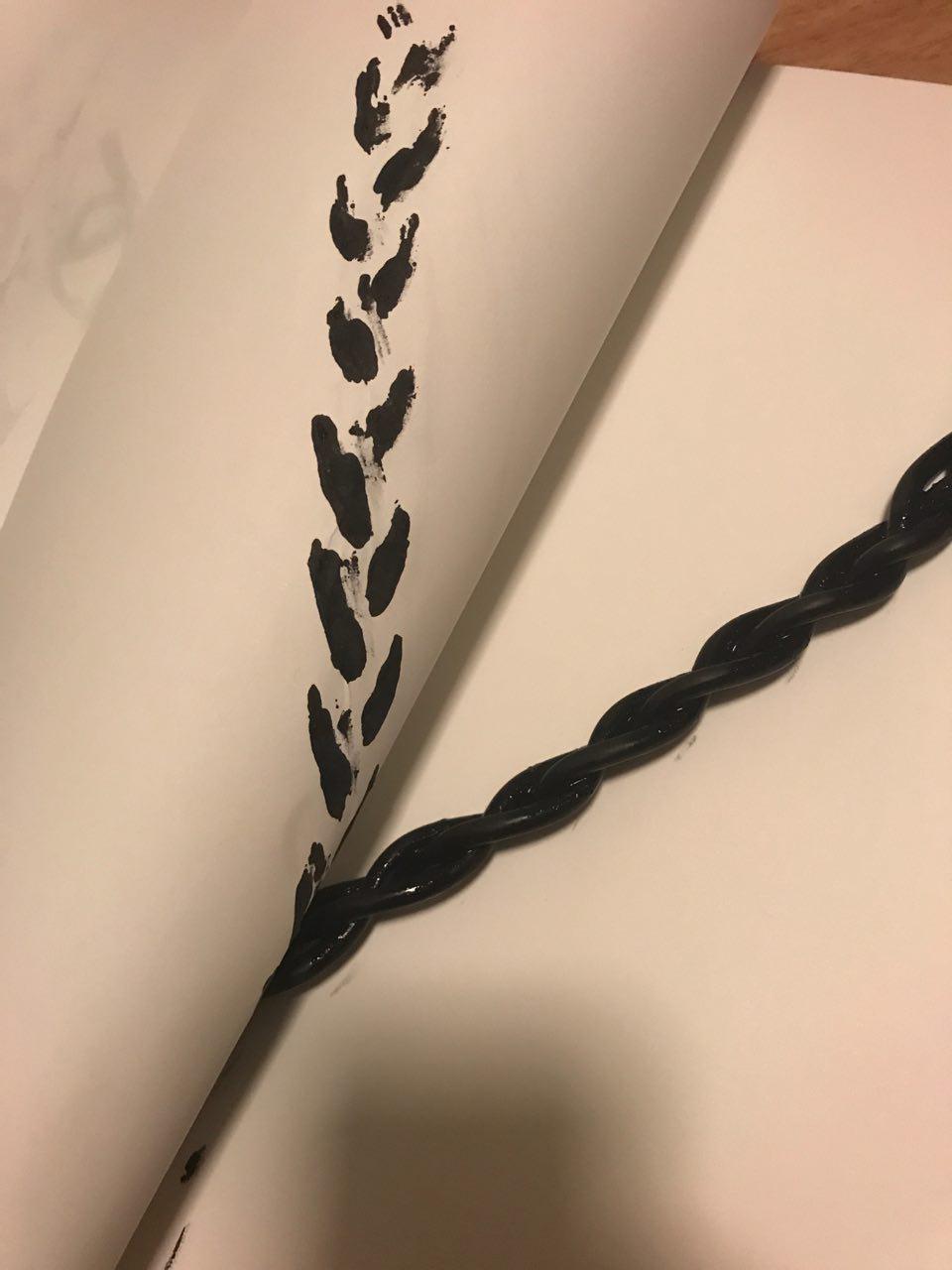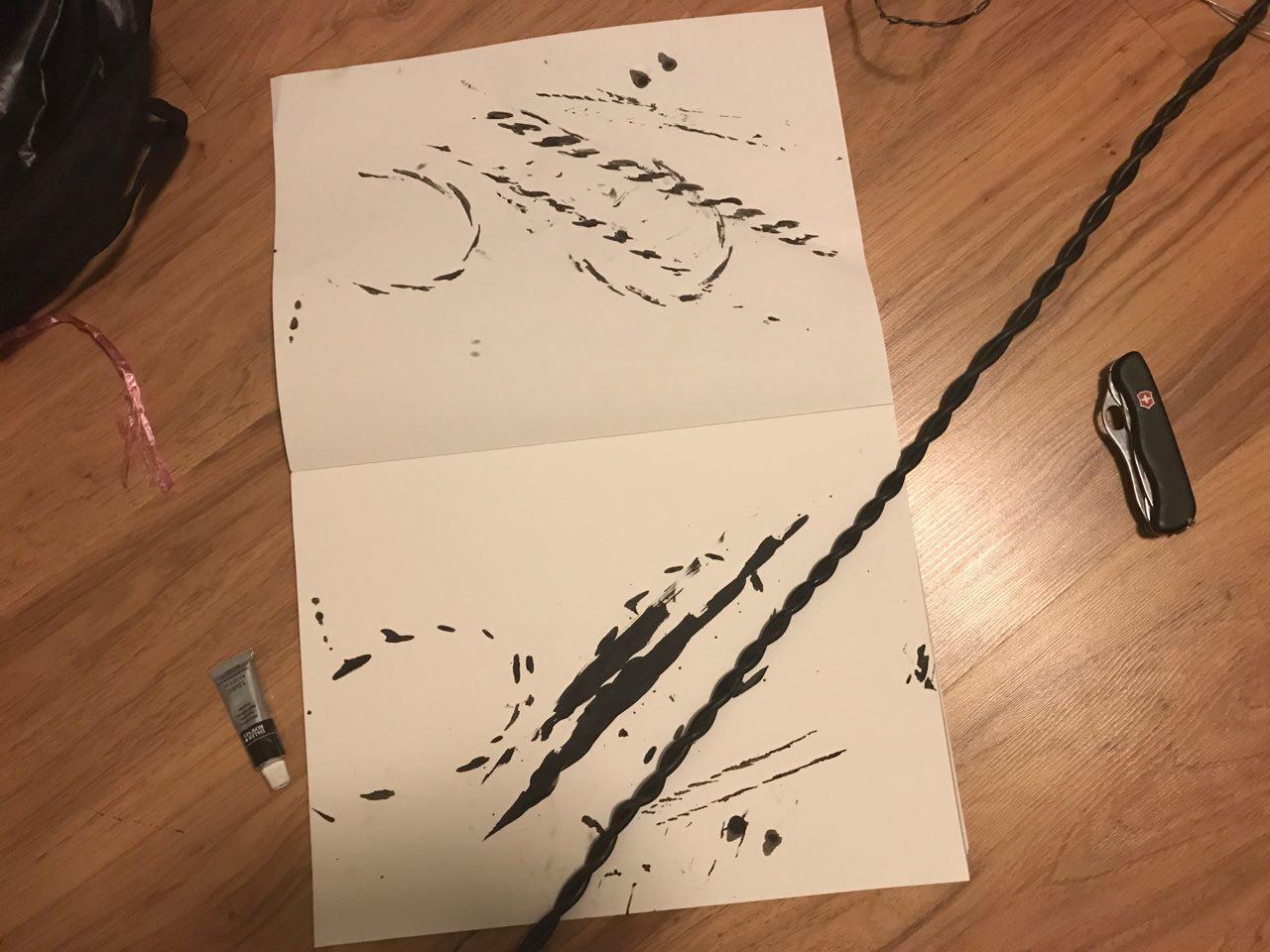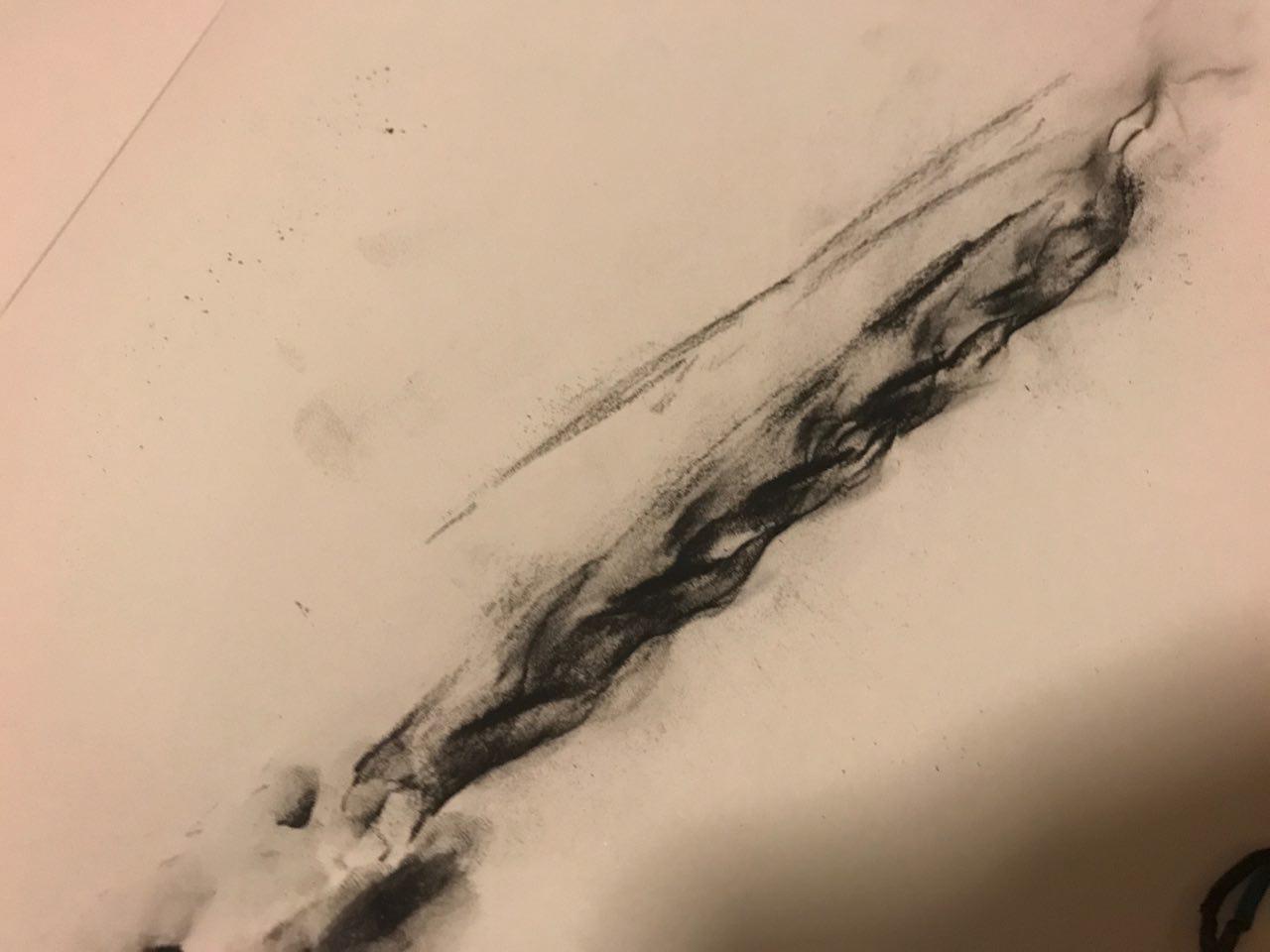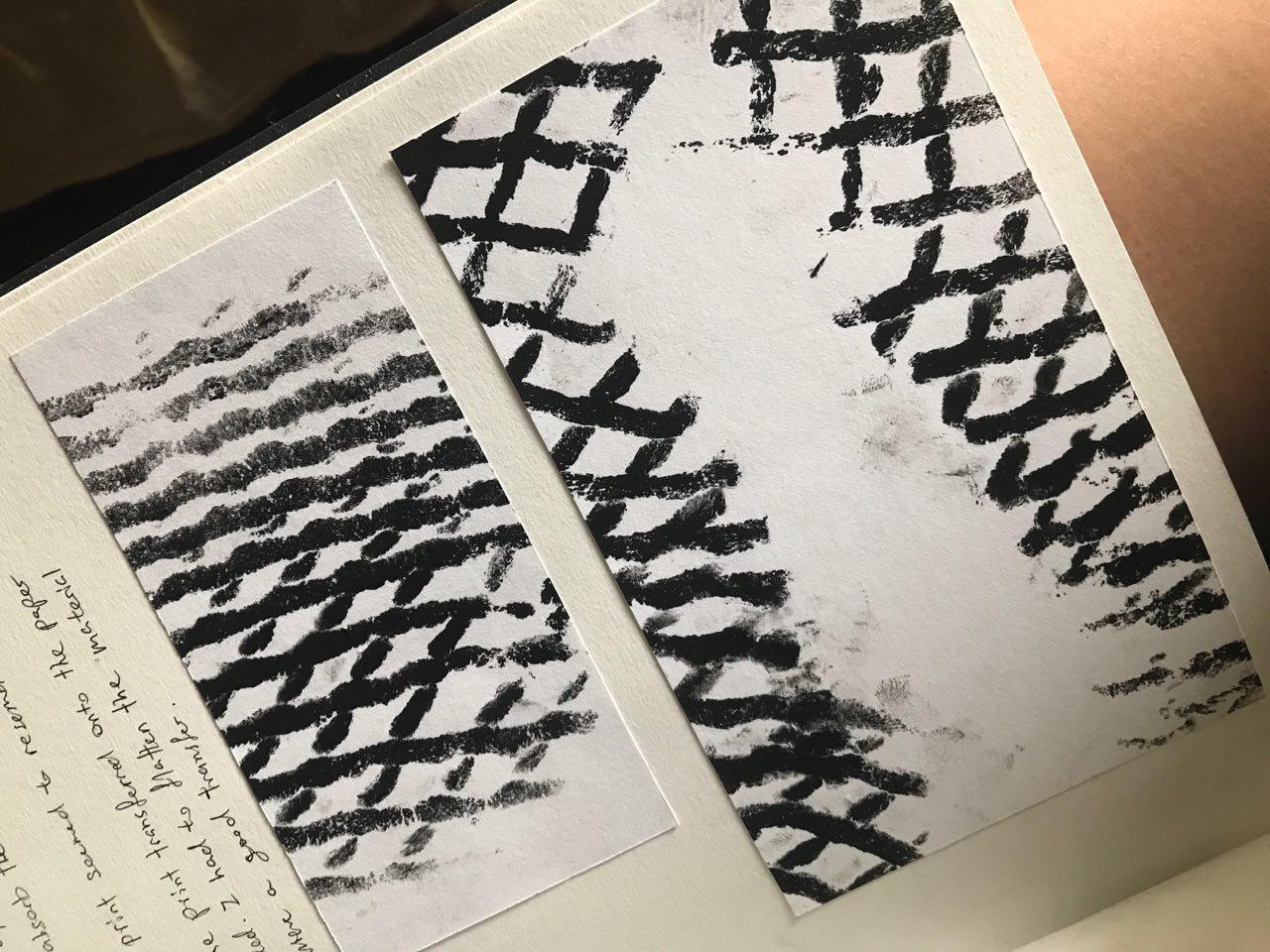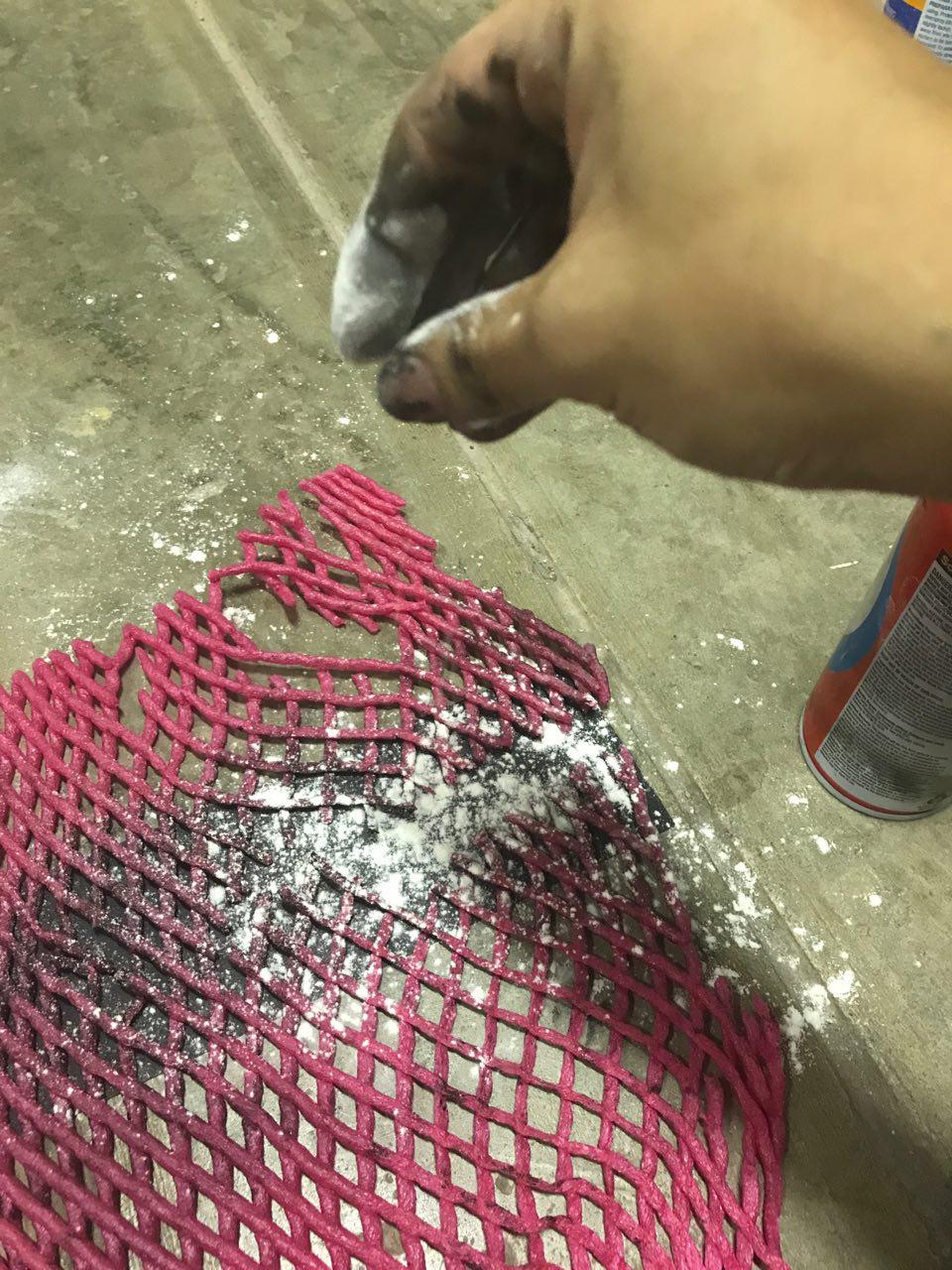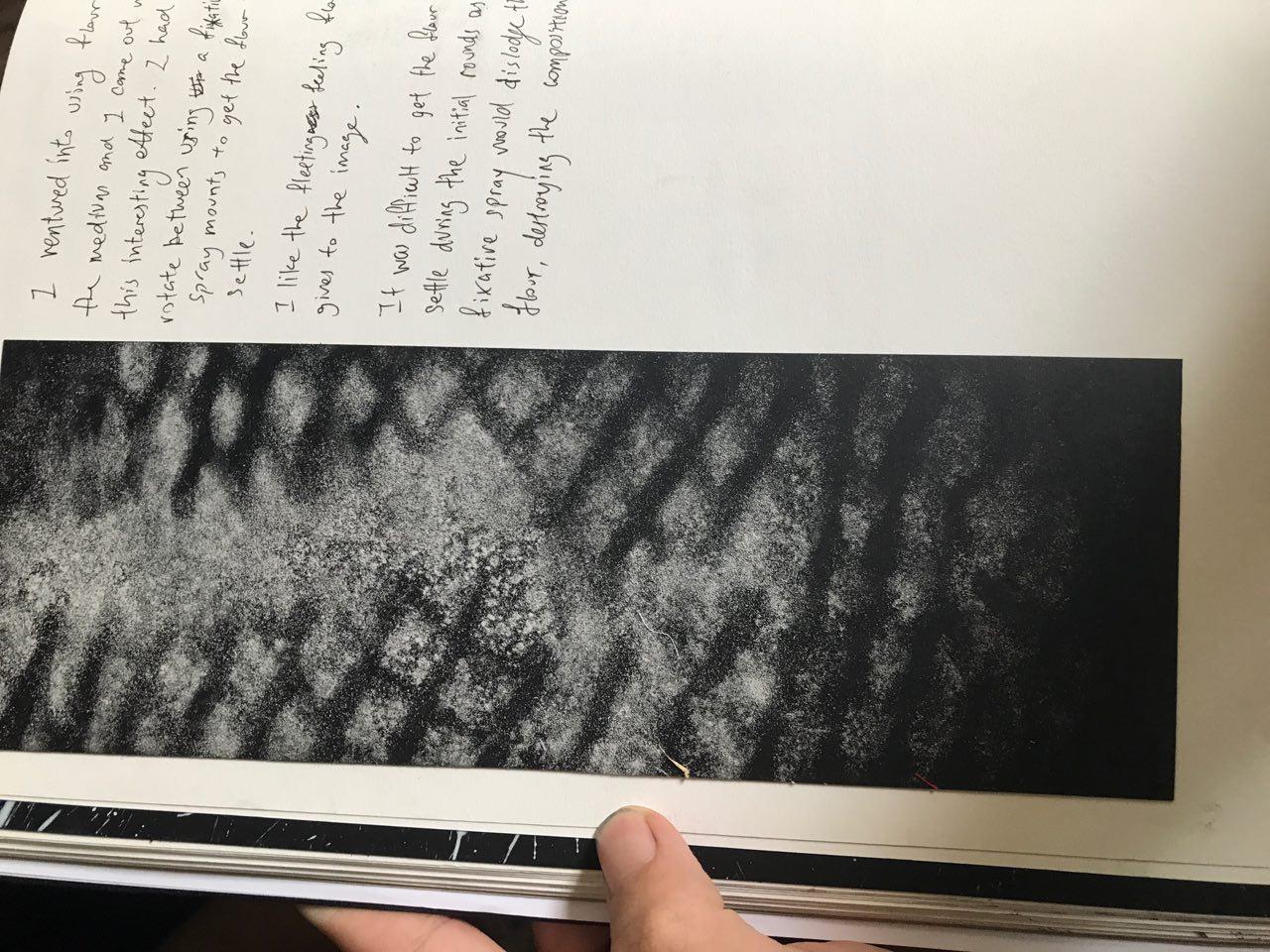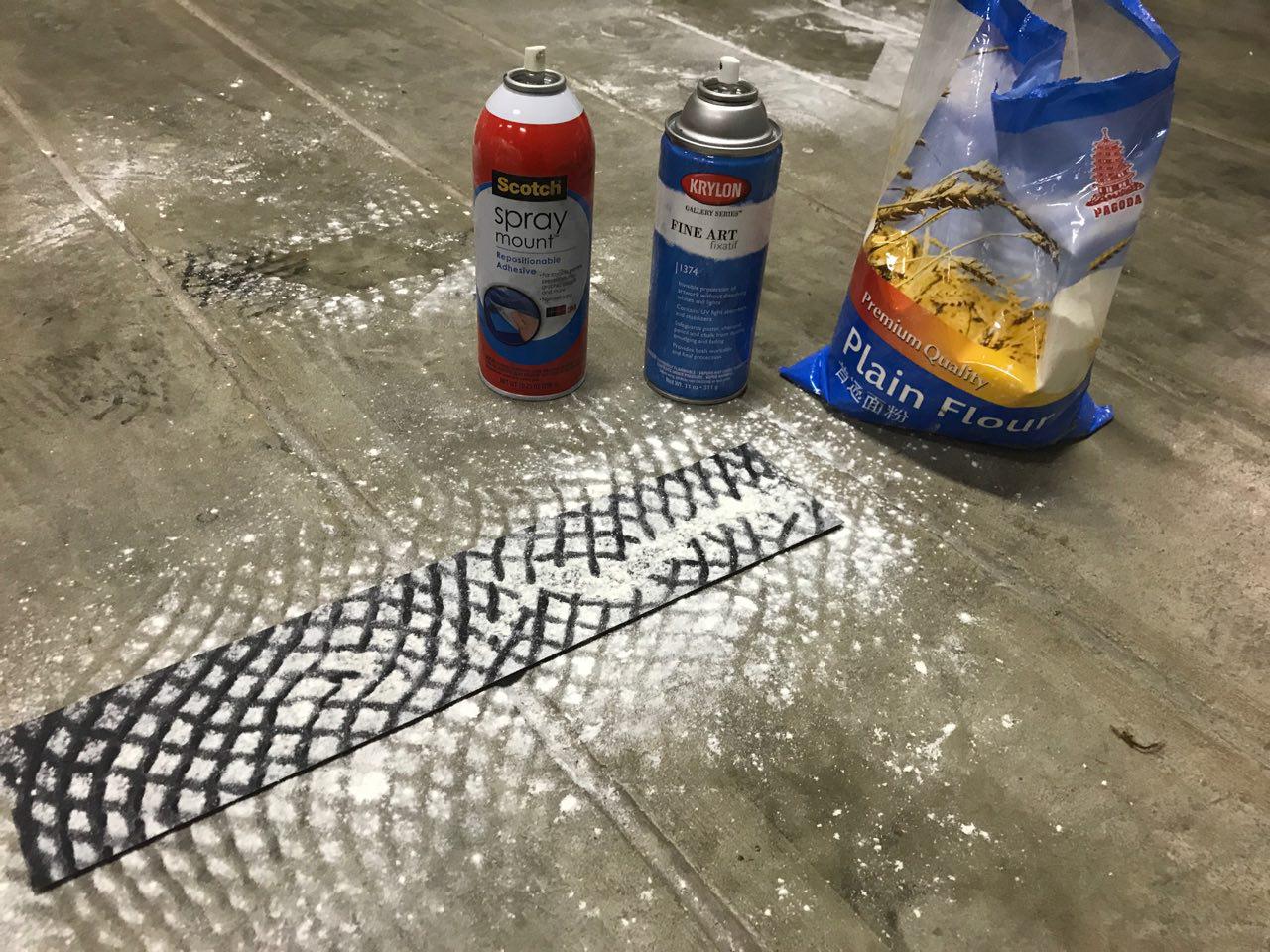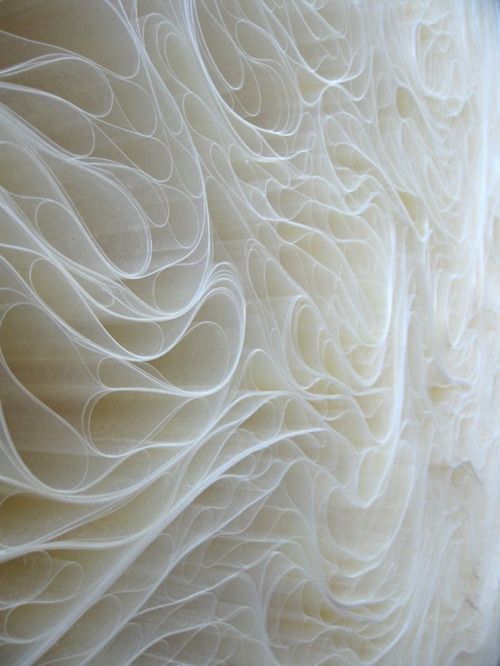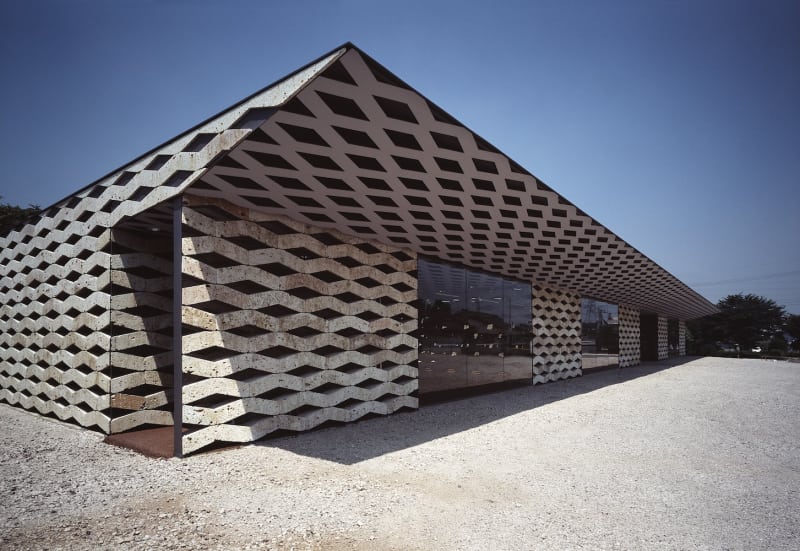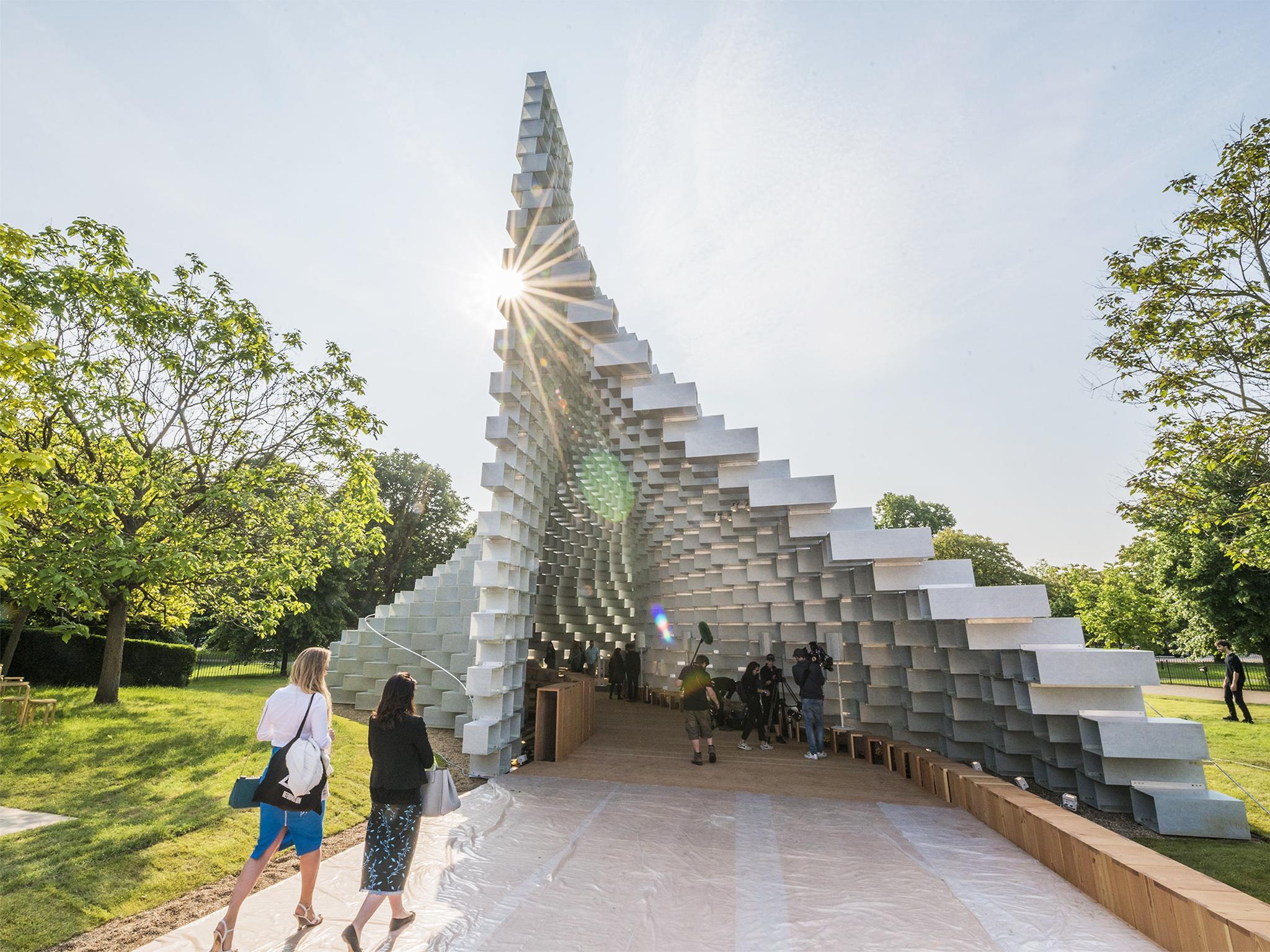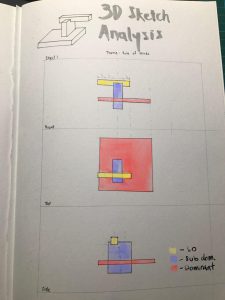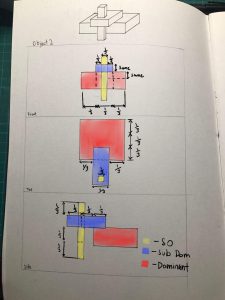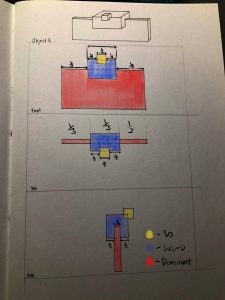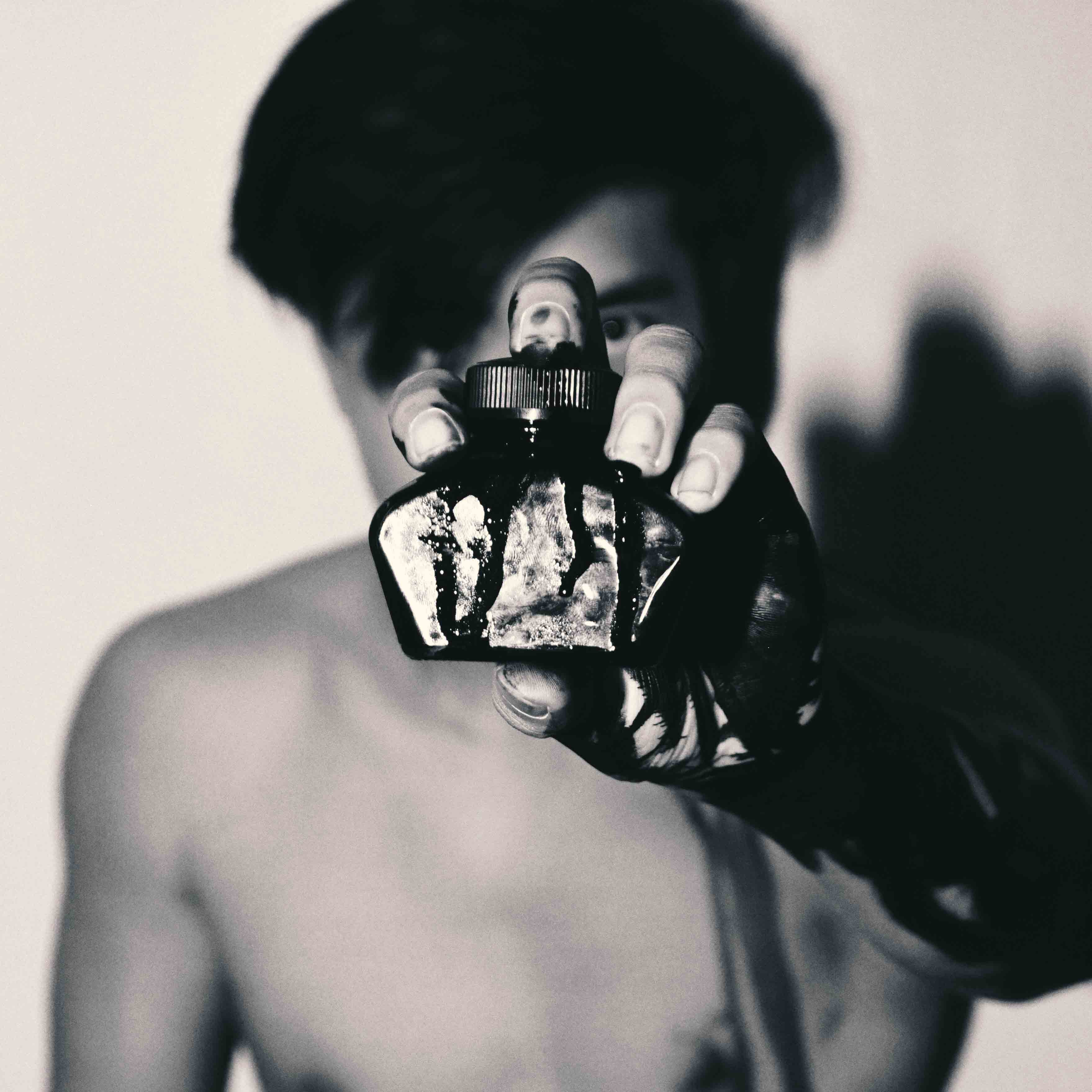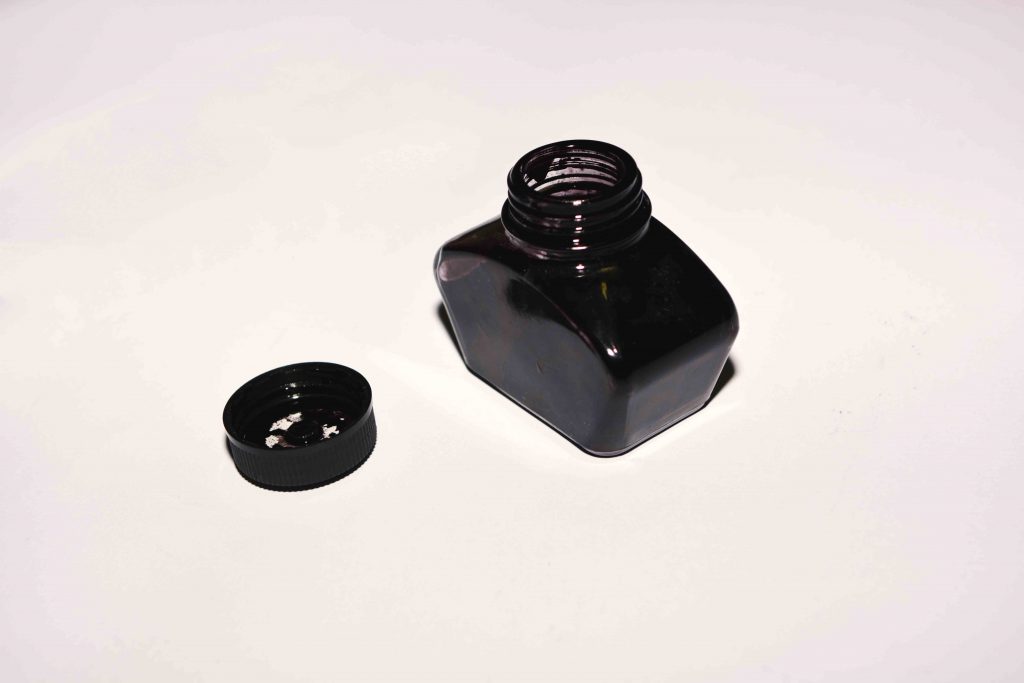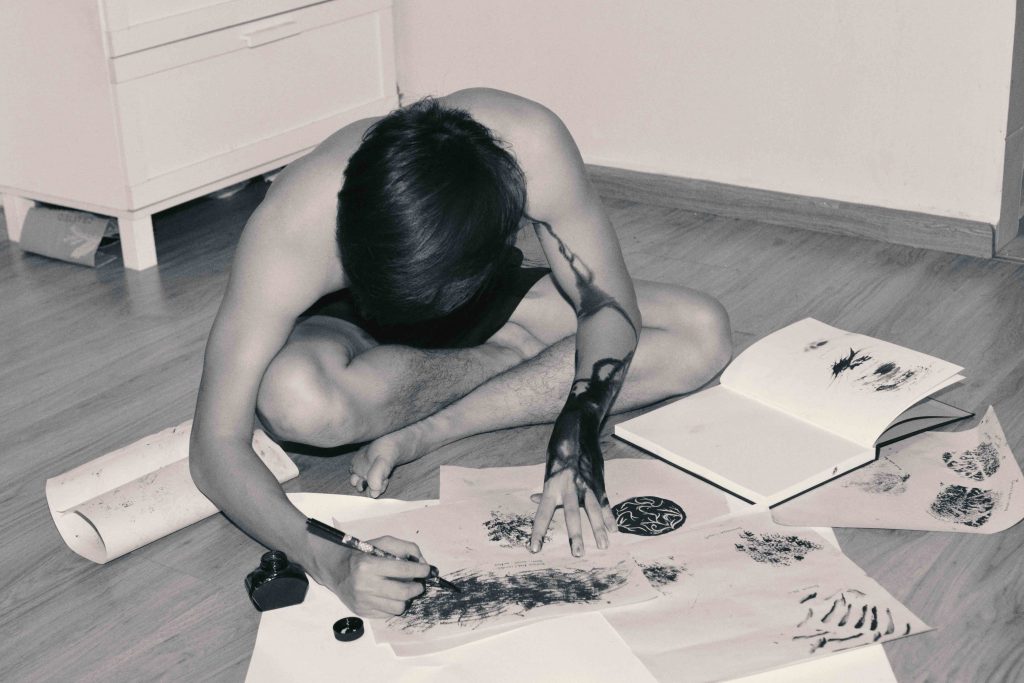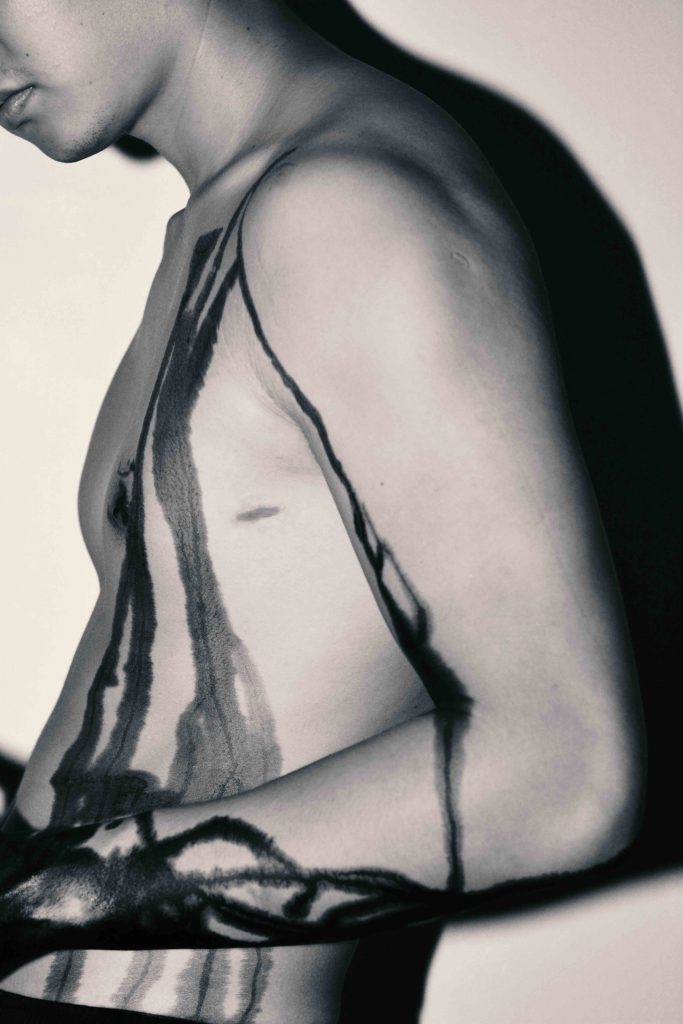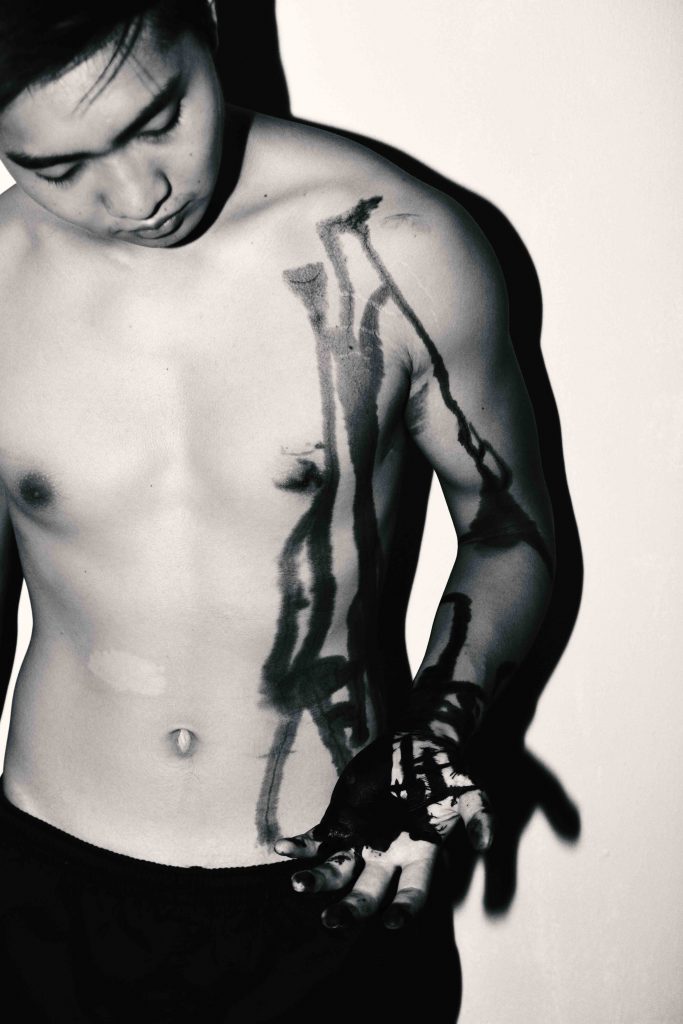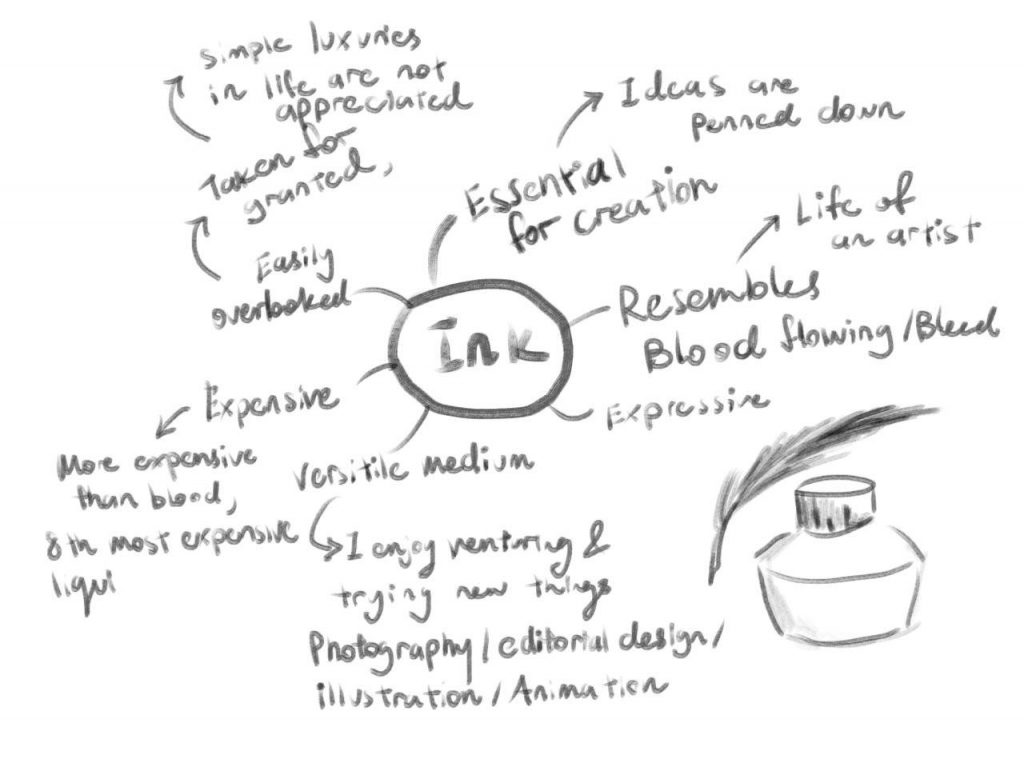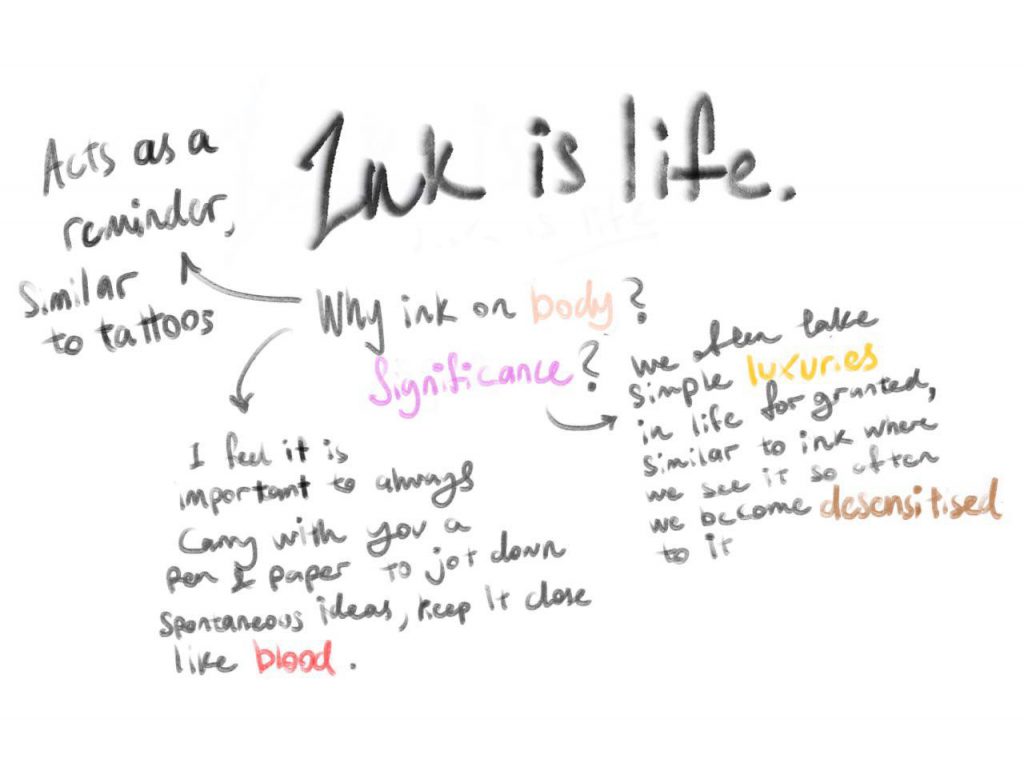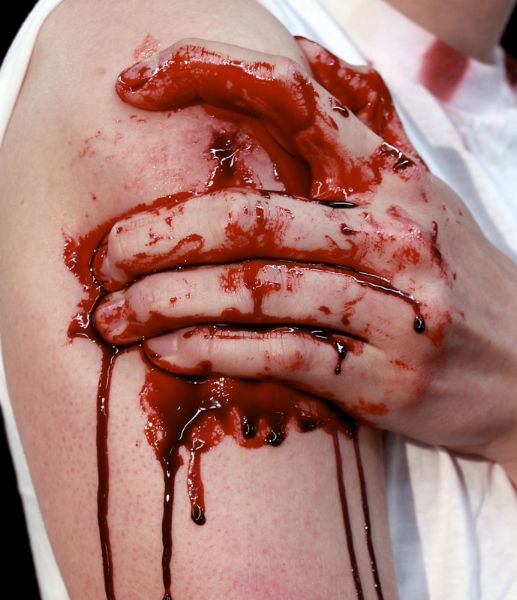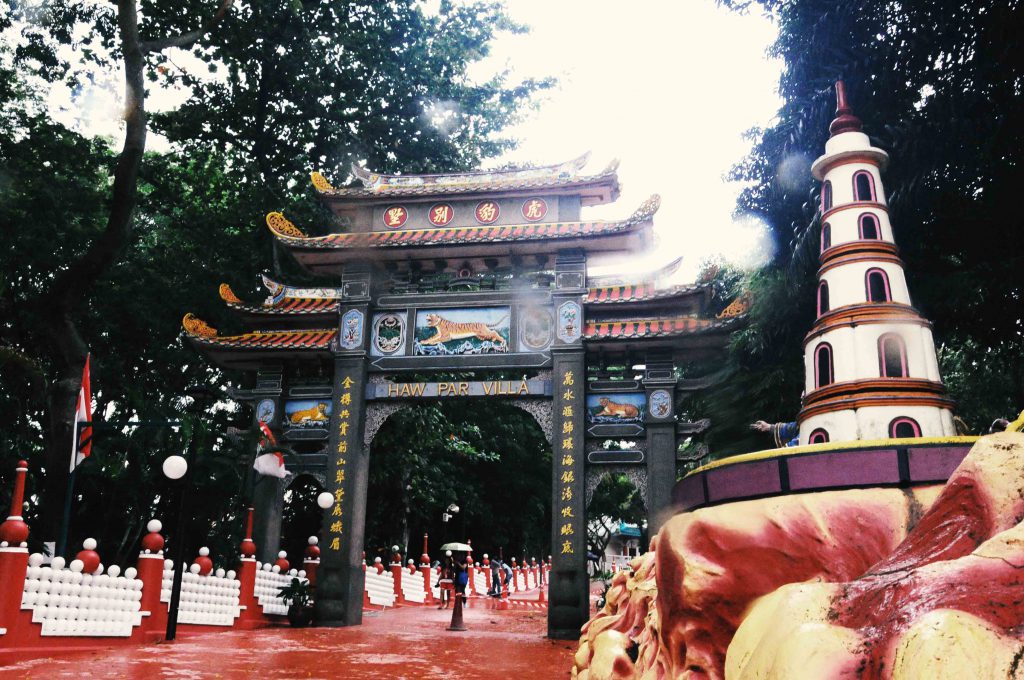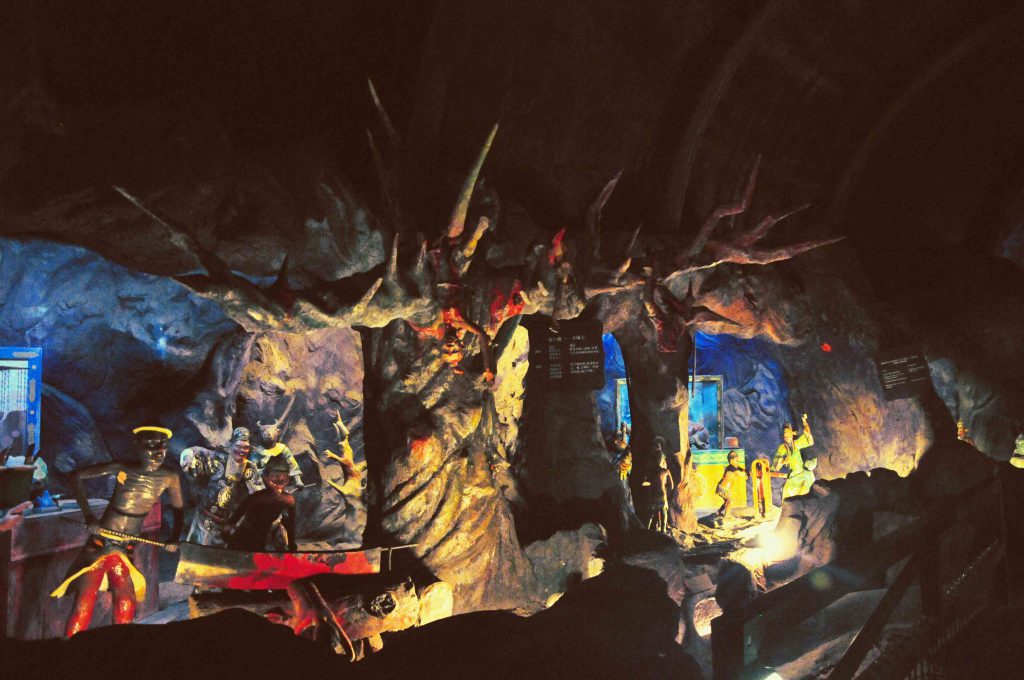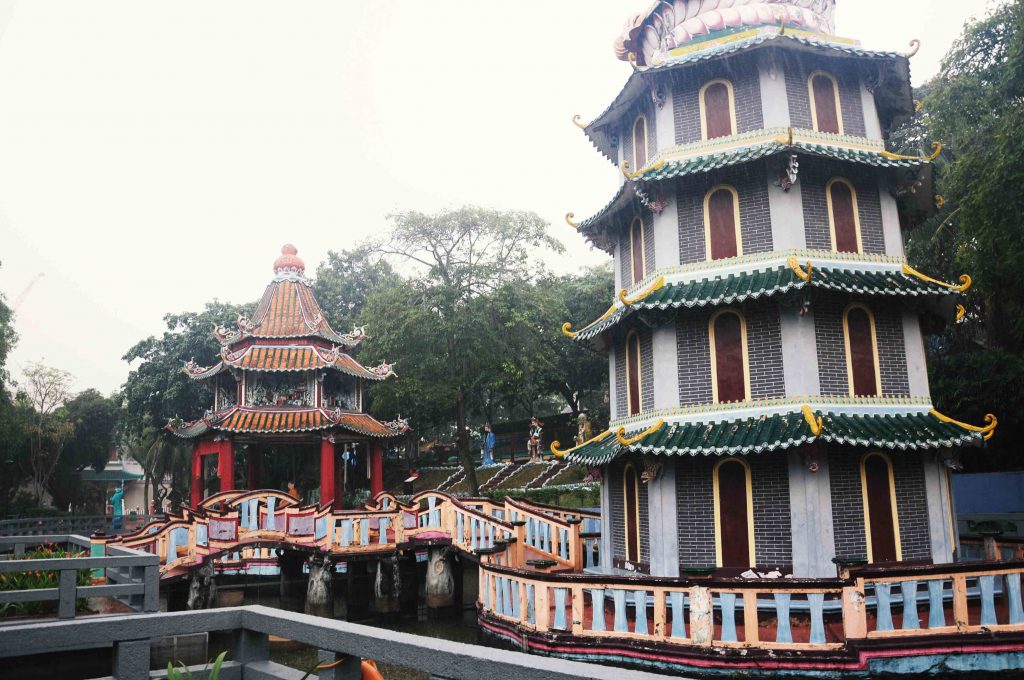“Classes dull your mind, destroys the potential for authentic creativity.” – A Beautiful Mind (2001)
The first concept I had for this quote was to have a child looking out of a classroom window. This would show the mind being trapped in an environment which it is longing to escape from.
I filled the window with a variety of things to represent different expressions and forms of creativity, such as musical instruments and intertwining vines to have a vibrant composition, showing a stark contrast between the monotonous life in a classroom, versus what life could be.
This is a summary of the steps I took to complete the first composition.
I faced much difficulty in trying to make the objects in the window visible to accurately represent the objects. As the initial image was with colour, it be came washed out once I applied the threshold filter.
Some of the comments Mimi gave me were:
- Too literal representation of a class
- Not an interesting composition to look at
- Objects in the window hard to visualise
I started to think of how else I could make my composition more interesting. I also wanted to convey the idea of creativity fleeing away from the mind, being unattainable.
To do this, I wanted to have people being dragged/weighed down by something, as though they were downing, to evoke the message of being restricted and limited.
These are several images I found of people falling. Next, I had to show an object dragging him down. To do this, I used books as a semiotic to represent the idea of education.
For the idea of creativity, I went with paint splashes to give a vibrant yet simple composition. This is much simpler than the previous object I used to represent creativity.
You can see that the hands of the subject never touches creativity. This subtle touch was to give tension and suspense to the composition. It also meant that until you let go of this stigma which education presents, creativity will always be a struggle to reach.
I chose the back drop to be space as it would be dragging the subject into the abyss of monotony. The backdrop would also add implied lines to allow the audience to focus on the subject. However, looking back at the composition, I could use a little less of the stars as it distracts the audience.

These are the final 2 compositions I came up with. I went with the white one instead of the black as I felt that the subject was too drowned out in the darkness.
“It’s not music if you can’t dance to it.” – Intouchables (2007)
This composition was a joy to work on. In the movie, this was one of the most cheerful scenes and it never fails to bring a smile to my face. I wanted to capture the essence of both dancing as well as the pleasure I get from listening to music.
The subjects in my composition also had to look like they were having a good time as well! It was not easy to find this image as most of the images I found of dancing was more modern than retro, most of the time it was break dancing or hip hop. I stumbled upon this image as I was looking for disco and ballroom dancing. I really loved the expression on their faces as you can tell that they have completely transcended into their world of music and dance.
In the movie, the main character used a Bluetooth speaker to play his music. I felt that it wouldn’t make for an interesting composition which is why I changed it to a jukebox. However, this would look like any regular dance floor and it would not be able to convey the joy and beauty of music.
This was the first draft I came up with.
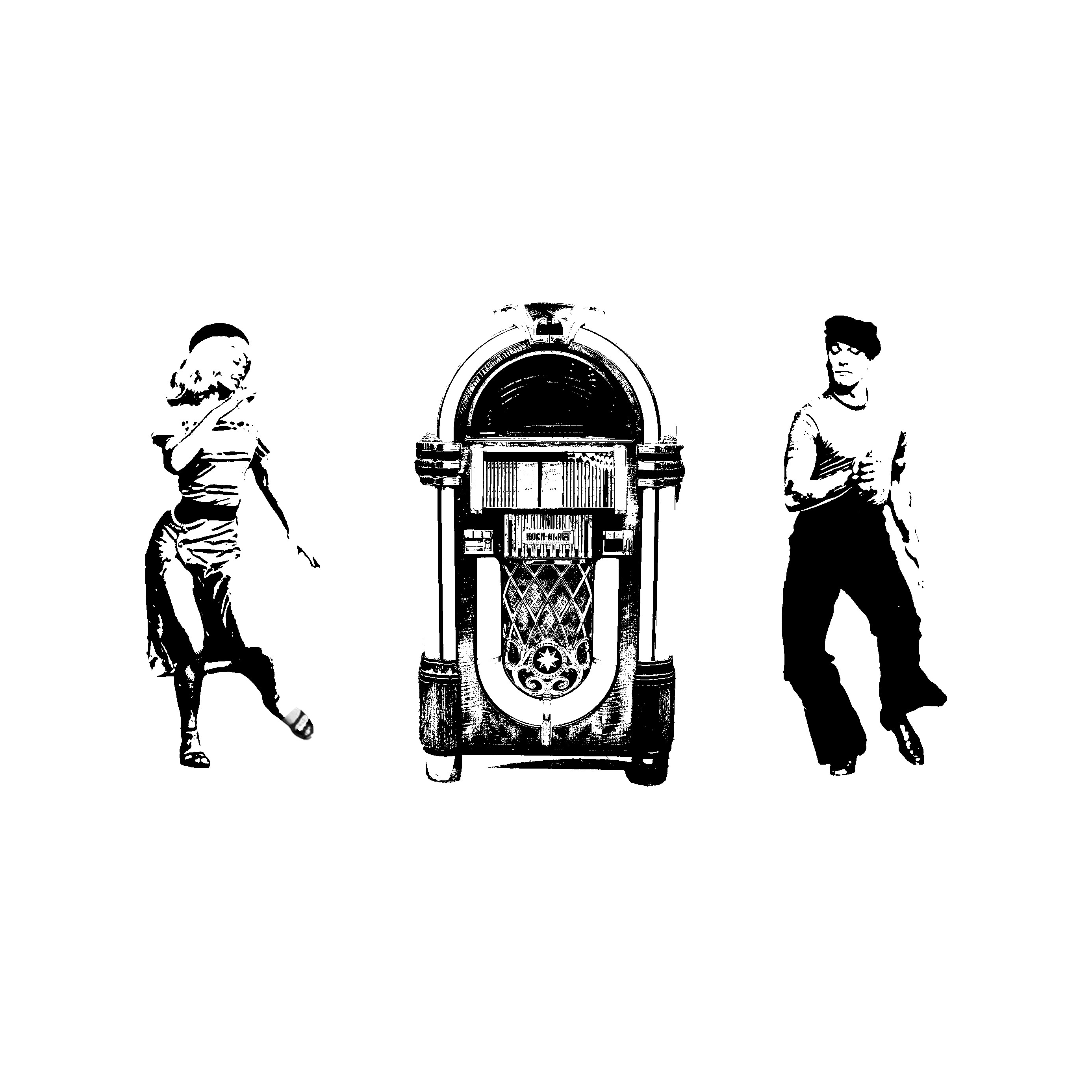
Subsequently, I thought of using a gramophone to show the beauty of music. I wanted to have the subjects dance on the vinyl record as it would mimic a dance floor! I really liked this composition as you can feel the joy the subjects are experiencing.
Initially, I used the composition on the left. However, after screen printing, I realised that not only did I lose a lot of detail, the composition was also too small. I went back and played around with curves and the threshold layer to try and maximise the amount of detail I could get out from the image. After that, I used my brush tool to fill in more details in the gramophone.
Needless to say, I was pleased with the final product.
I consulted Mimi on my composition but she felt that there was still a lot more lacking in it. I had the idea to include more people to make the image more vibrant and lively! I made sure to use people of all ages to show how music has no limits.
This is a little snippet of what I created after hours of refining the design.
“Get busy livin’ or get busy dyin’.” – Shawshank Redemption (1987)
This is a movie based on using our lives to its fullest. I had to break down what it means to be ‘Living’ and ‘Dying’.
My interpretation of Living would be doing something thrilling. This action has to make the character feel ‘alive’, happy and full of passion. I started to search for extreme sports to represent living life to its fullest.
However, most extreme sports require a form of machinery which I was unwilling to put in my composition as it would not be organic forms.
To represent Dying I wanted to use figures which show little to no dynamic movements. I used people in regular business attire, being engrossed in their phones to show the lack of life.
I also had the idea to use zombies in business suits to represent the dead. However, I felt that it was too literal and cliche.
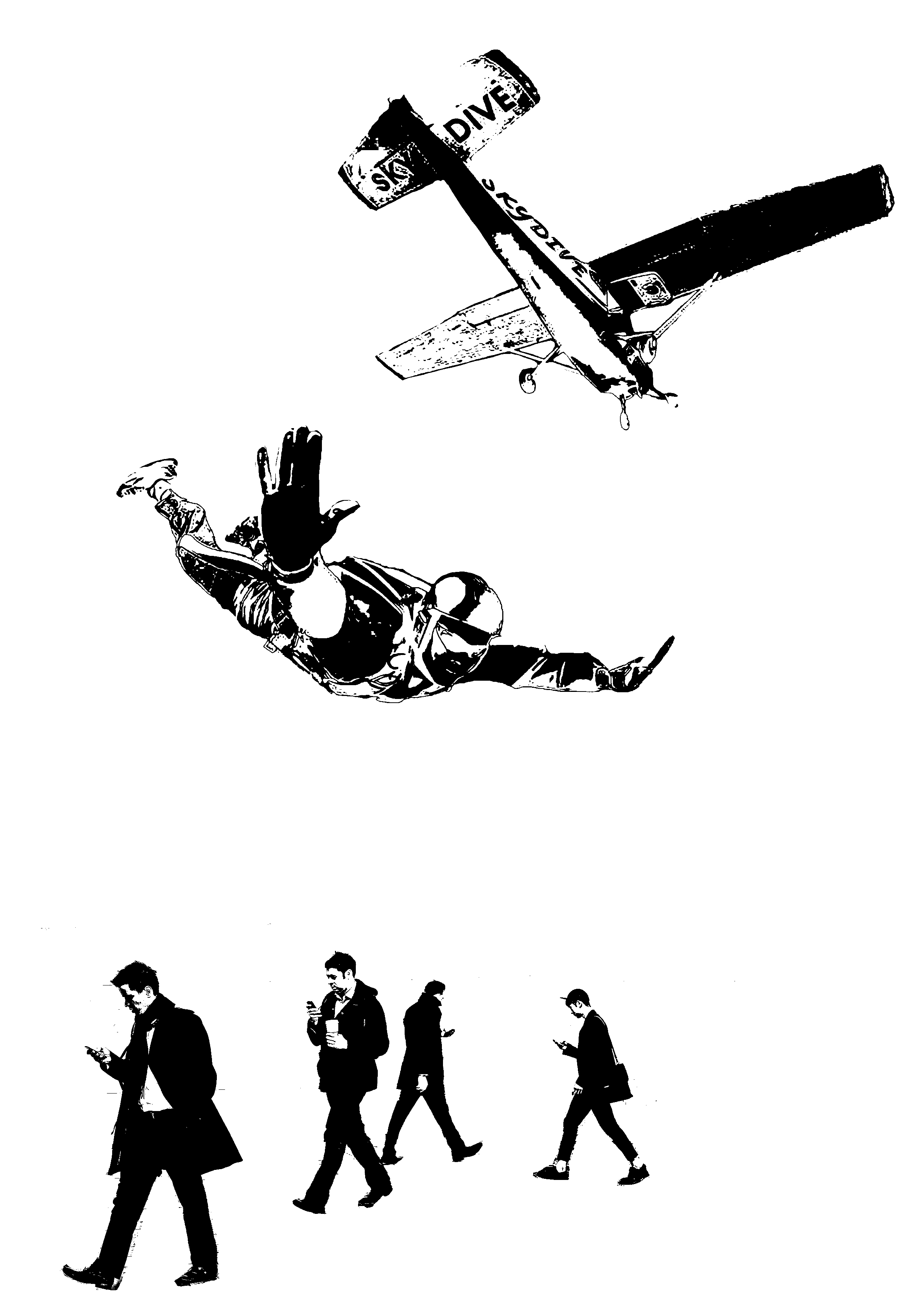
Another concept that came into my head to show contrast between living and dying was to have a split image of the two.
This time, I began with Dying. For this word, I wanted to have the subject literally digging his own grave. This would represent procrastinating and wasting our lives away.
The setting was a graveyard which proved to have a ominous setting, fitting for someone who is wasting their lives away as it would be melancholic.
For Living, I contrasted it with someone who is dancing – full of passion and life, in a thriving environment. What better way to express living than to place animals in the composition?
Animals would represent mother nature, a raw form of life, also adding a surreal feel to the composition.
I had several consultations with Mimi on this composition.
During the first consultation, she pointed out that it was:
1) Difficult to tell the two characters from each other.
2) Did not reflect the idea of wasting life away.
3) Dancer’s form could not be seen clearly.
I went back to work on the composition, this time paying more attention to detail and driving the message across. To represent time, as well as to show a distinction between the two characters, I placed clock hands in between them.
During the second consultation, the pointers were:
1) The clock hands were too static and forced. It did little to help with the composition.
2) The use of a clock face would be able to tie the entire composition together as the current composition did not have any limits or boundaries.
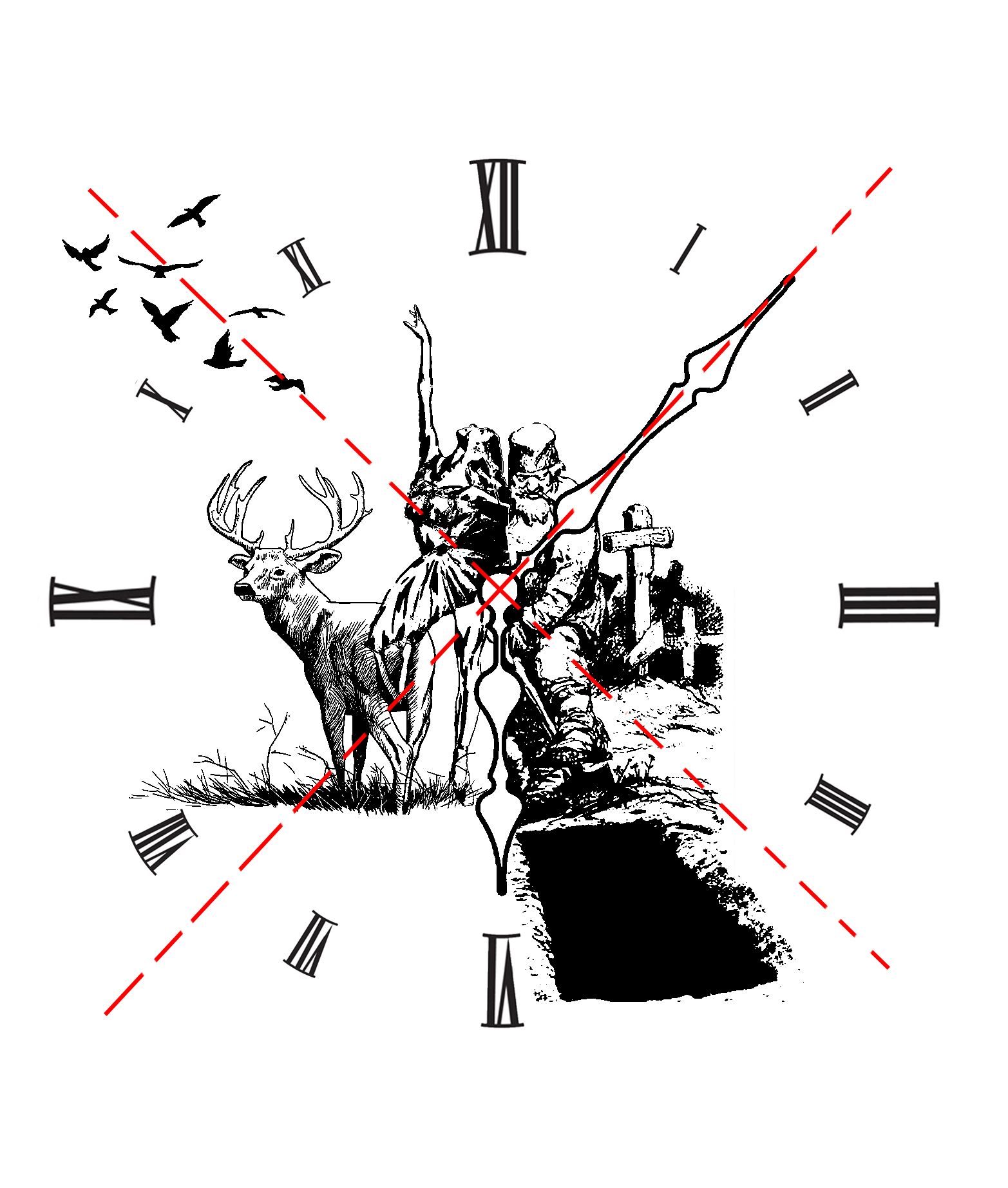
With these comments, I set out to tweak some elements of my composition. I made the minute hand a reflection of the birds on the left, as well as adding the clock face to give my composition boundaries in the form of an implied circle.
This is a snippet of how I ended up with my final image.
“Are you not entertained?” – Gladiator (2001)
I had the most trouble with this piece. I had to convey the idea of entertainment in the context of this movie as it is such a short quote.
To do so, I went back to the settings of this movie, which was in the Roman era, where gladiators fought for the pleasure of the audience. I went to search for images of roman Colosseum fights I could use.
I felt like this image was already able to convey the quote in mind as the audience can be seen as upset or unsatisfied with the performance of this gladiator. However, I wanted to add a modern twist to it.
To represent the lack of entertainment or focus, I wanted to have people on their phones, completely disengaged with the gladiator.
I started off with using children on their phones, sitting on the balcony which peers over the battle ground.
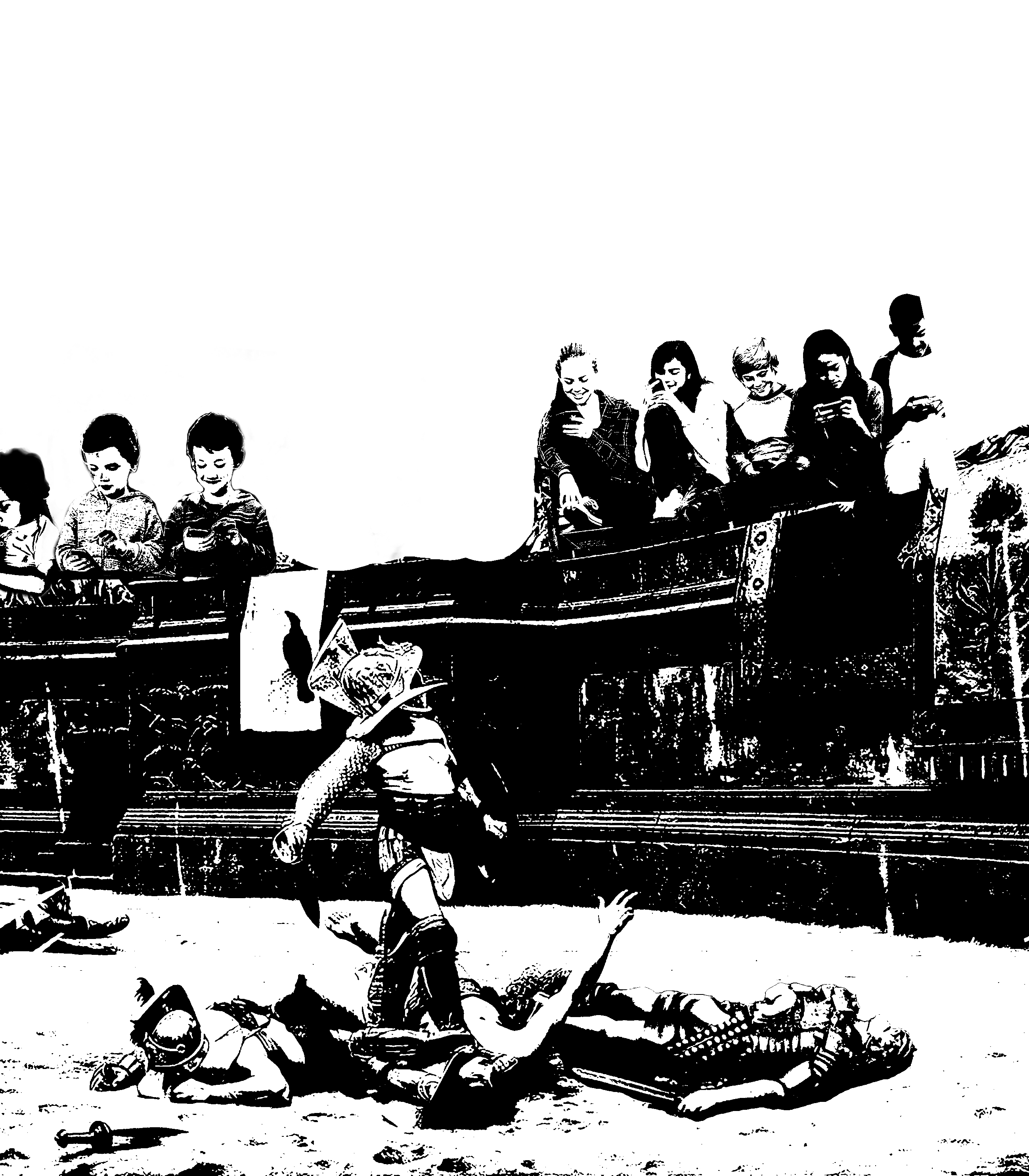
I showed this composition to Mimi and these are some of the comments she made:
1) It was difficult to see what the children were doing
2) It was hard to tell that the gladiator was engaged in combat
3) The balcony became very distracting and it was hard to focus on an object or area
Mimi suggested that I change the setting of the gladiator, one which could eliminate the unnecessary elements.
I decided to completely change the setting of the composition, getting rid of the uninterested children as well as the Colosseum. I experimented with different types of stages, from circus settings to a more sophisticated theater style.
I then decided to adapt the theater look from an image I found which showed a retro theatre.
The audience in this image are too close to the stage, which does not give me the sense of depth which I was looking for. I also wanted the subjects to be large enough, but not covering the stage.
I inserted empty cinema seats into the composition to make the theatre more spacious. The empty seats also adds another element to show the unwillingness of people to watch such a performance. Almost like an outdated practice.
Next, I had to find uninterested audiences. I began searching for people using their phones on the couch while watching television.
It was difficult to find people in this pose as most of the images I could find was of people using their phones facing towards the camera.
Then came the next challenge, was to be able to threshold these images as well as retain the most detail.
I had to colour in whites to show distinction between the characters as well as the seats as they were wearing dark colours. I also made sure to add more details to the phone as it had to be visible in the composition.
I initially wanted to submit this, however, I felt that as a square, this composition was too cramped, had a lack of depth and breathing space. To fix this, I raised the stage ceiling. This would also direct the attention of the viewer to the top of the theatre.
This is a snippet of my process while making this piece.
